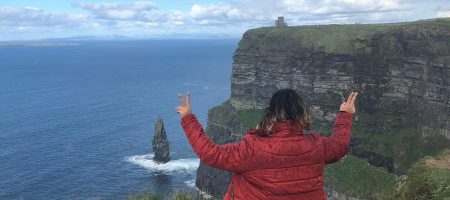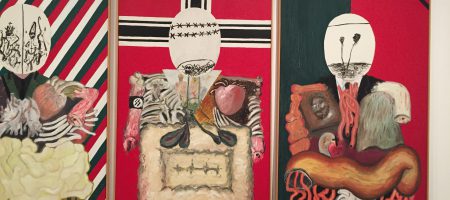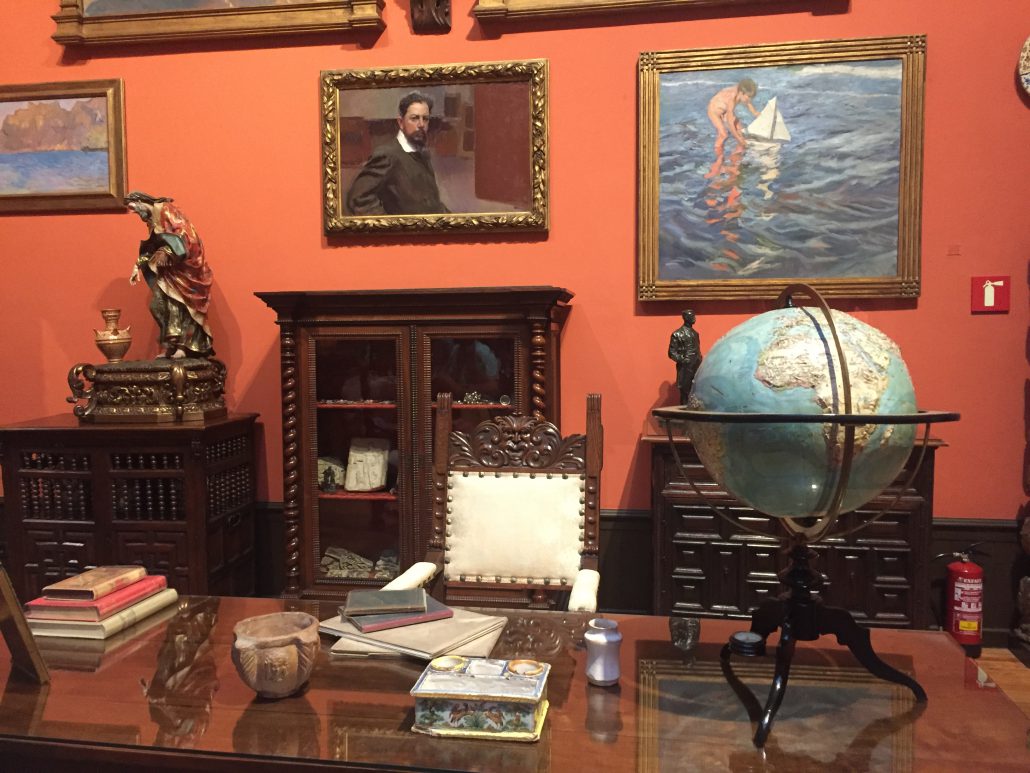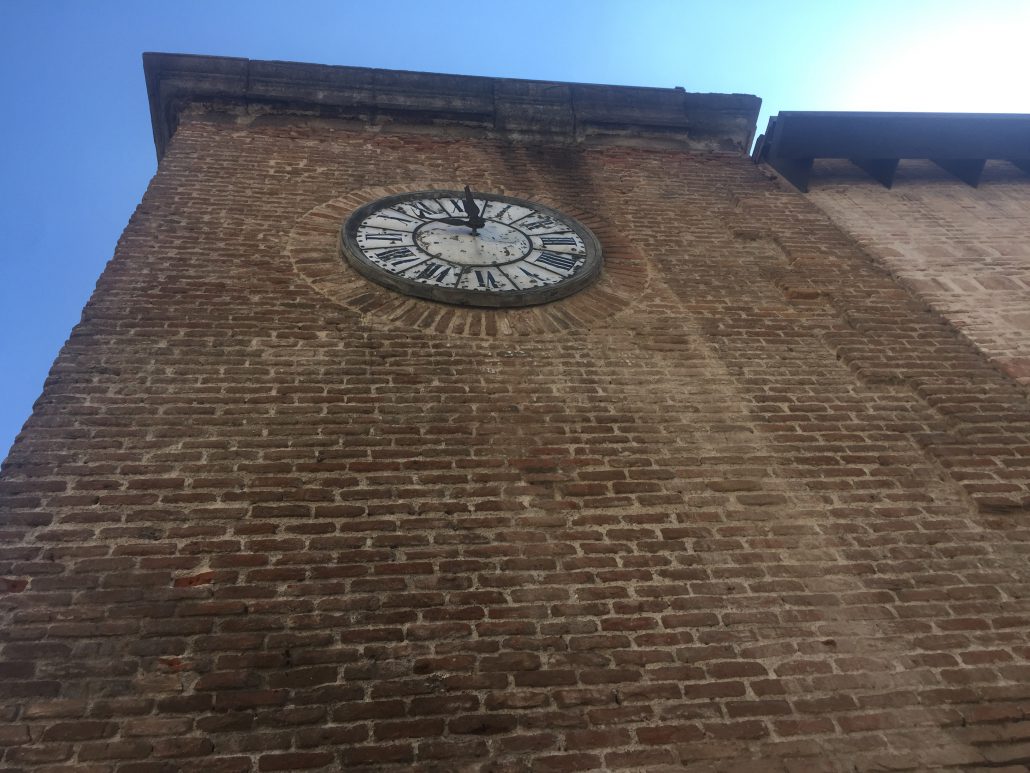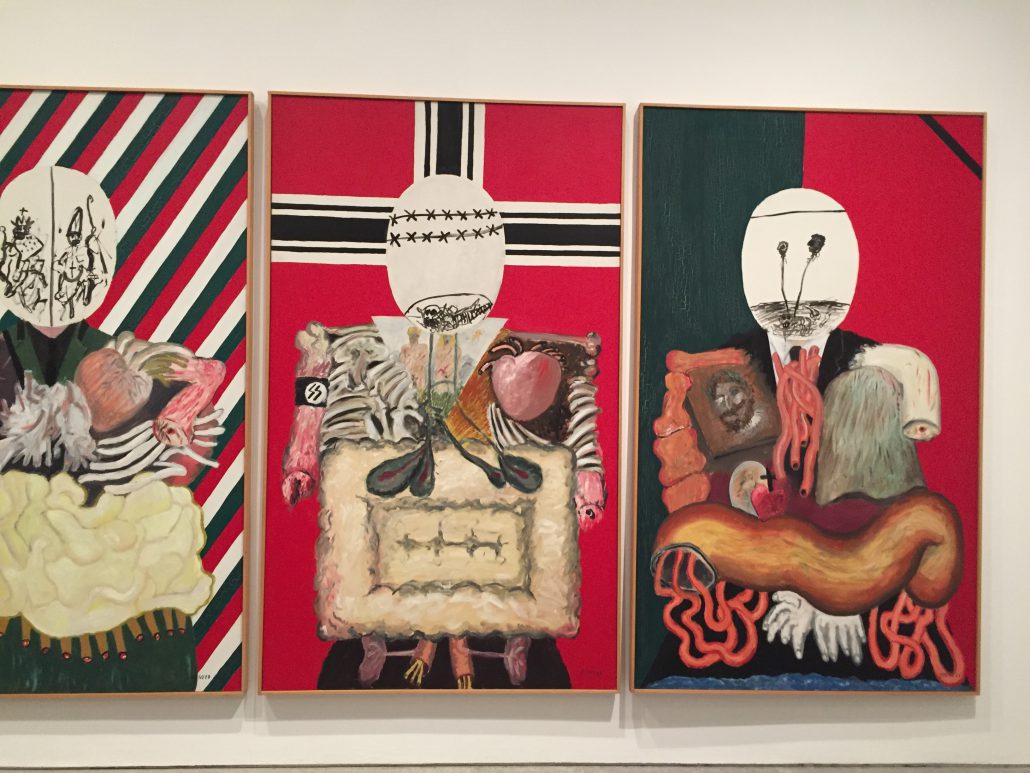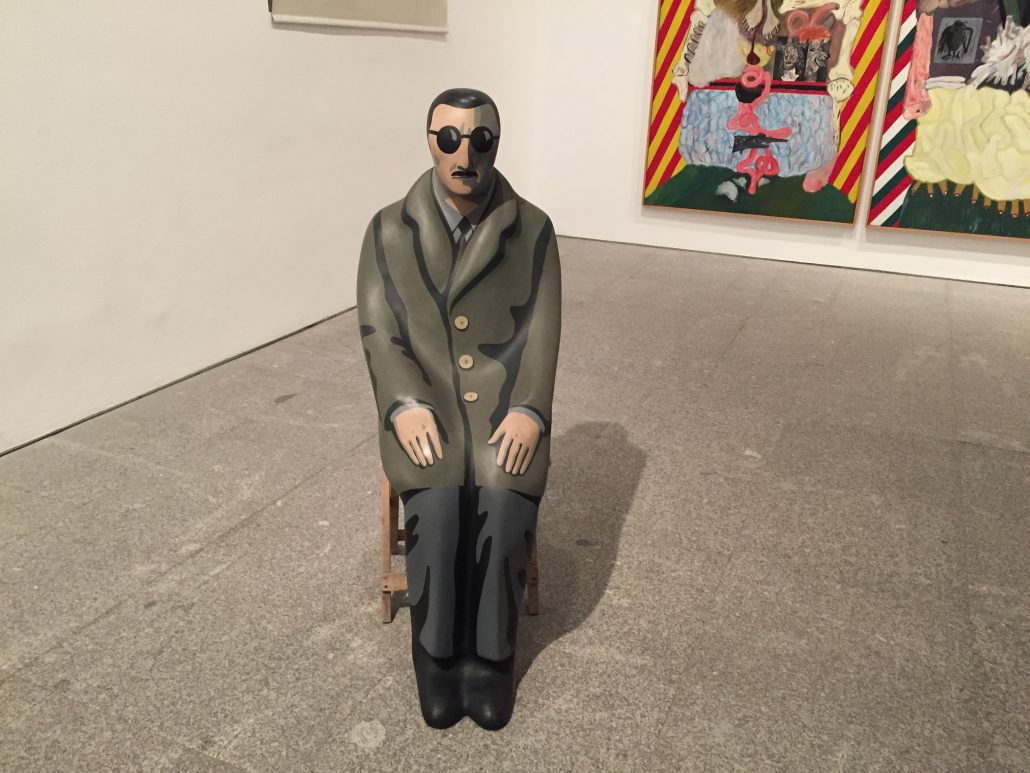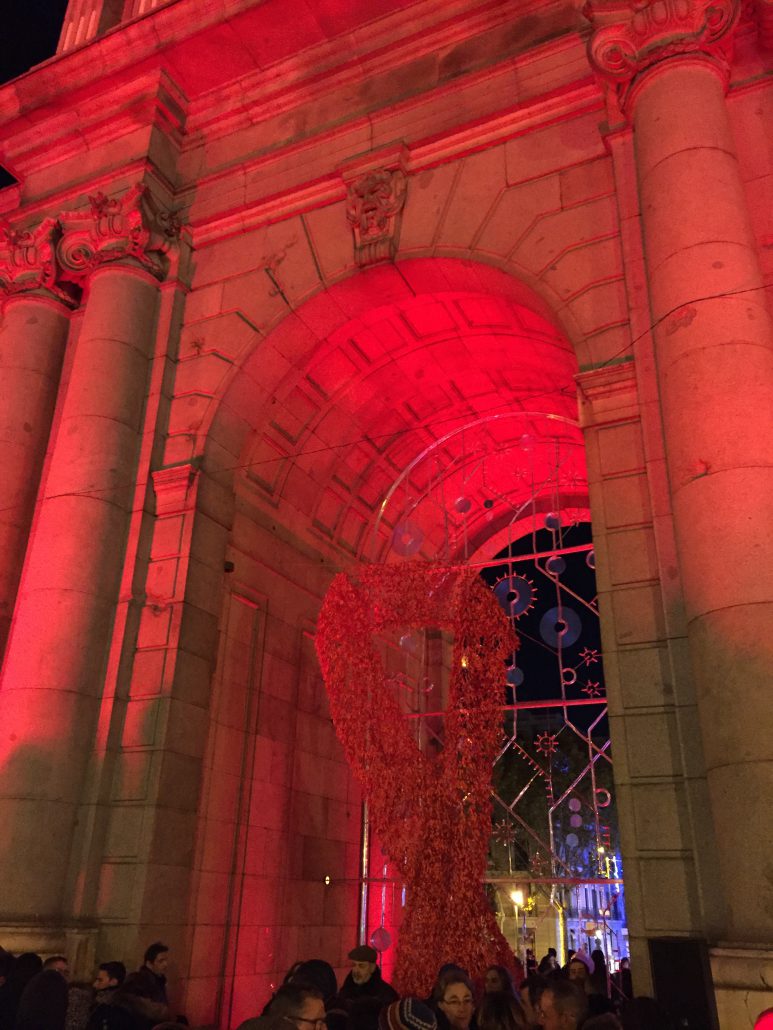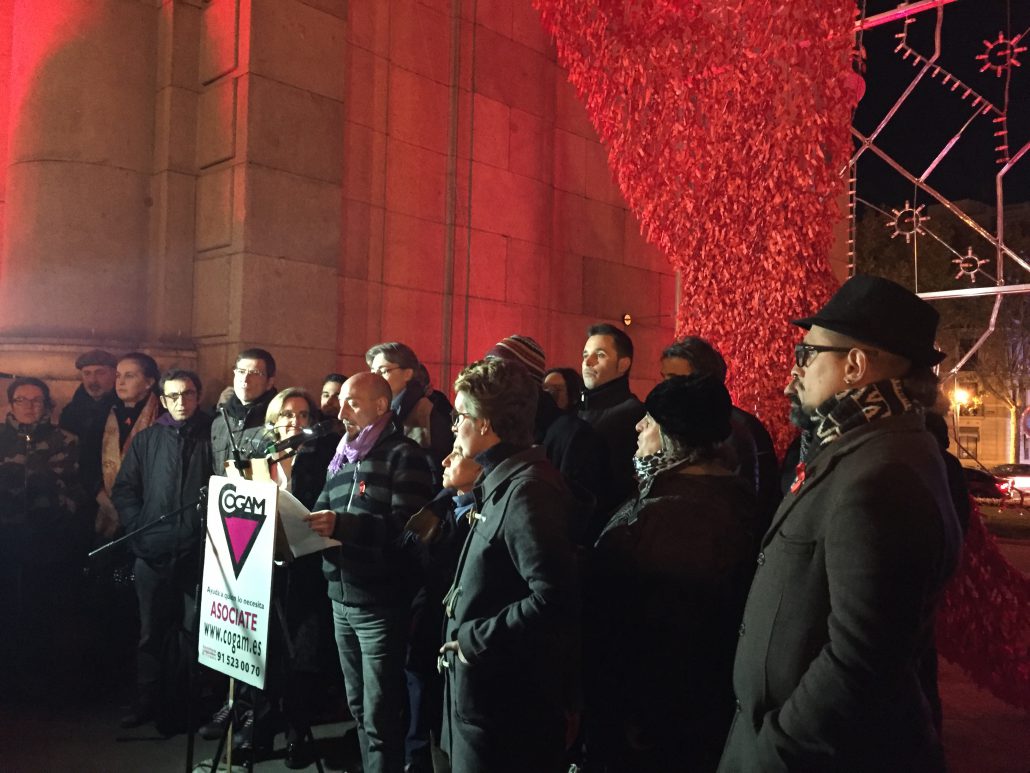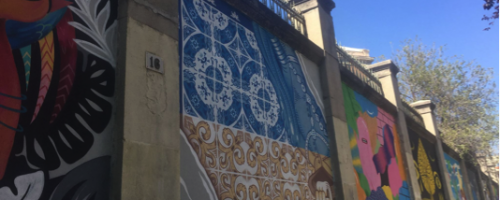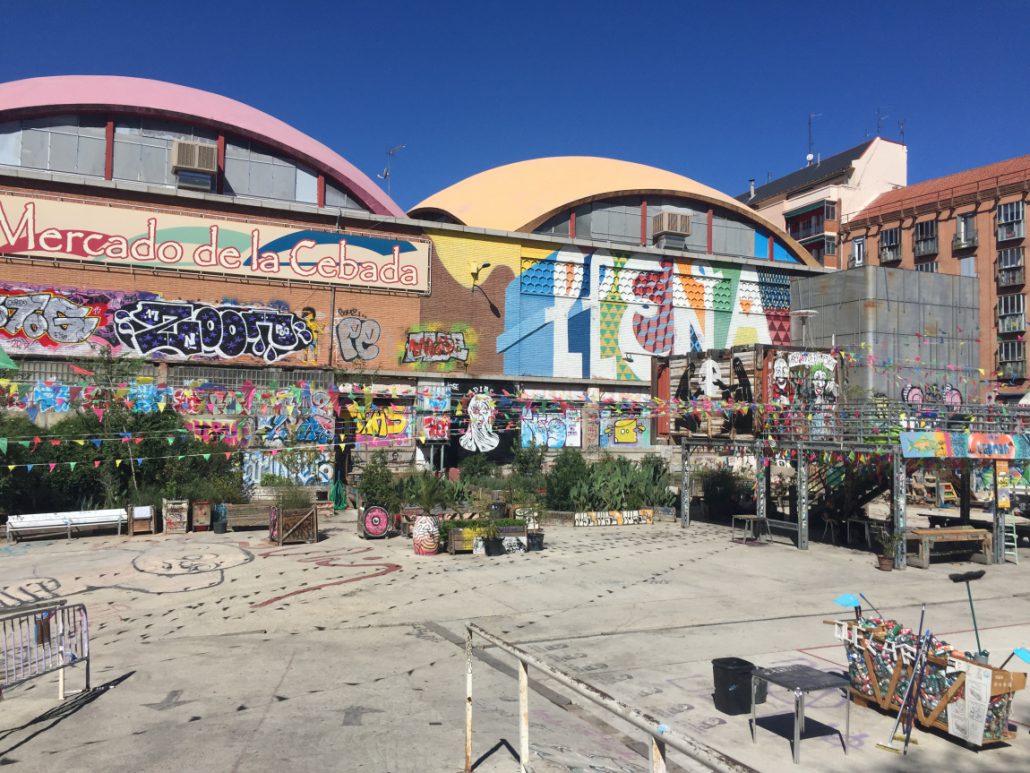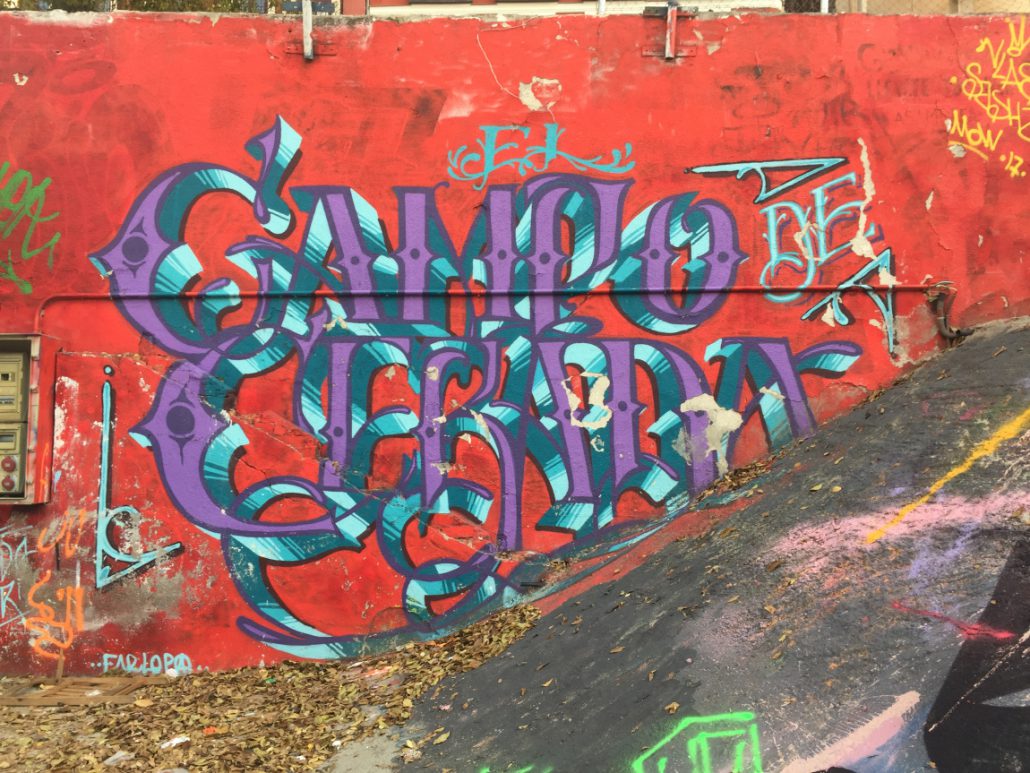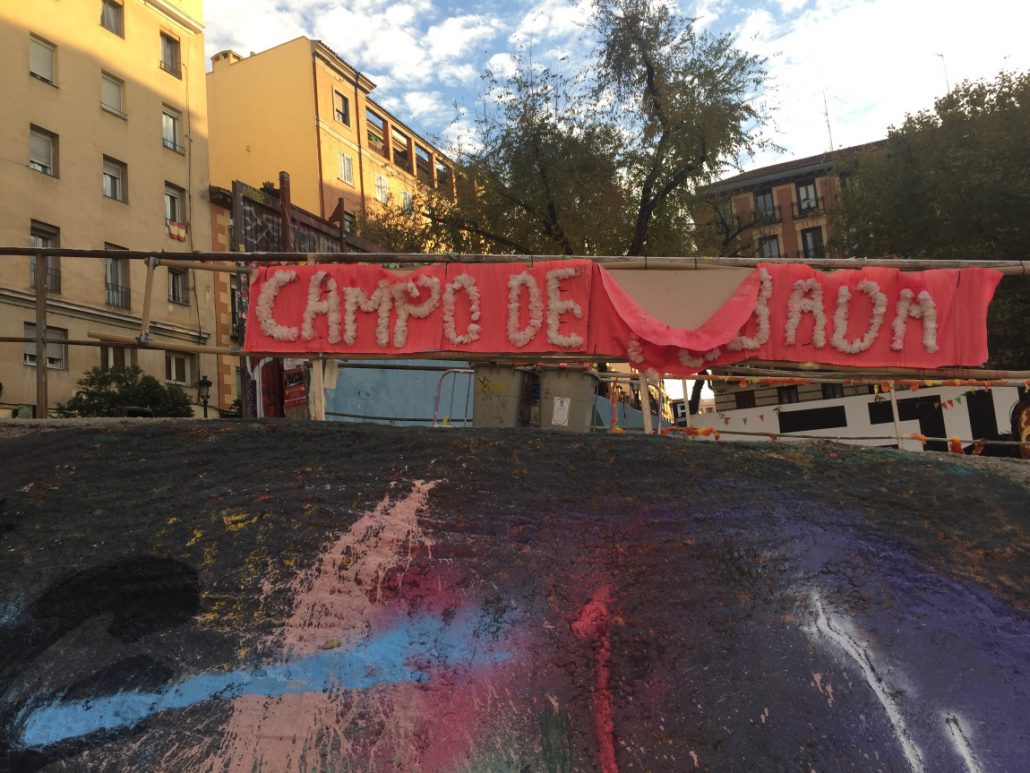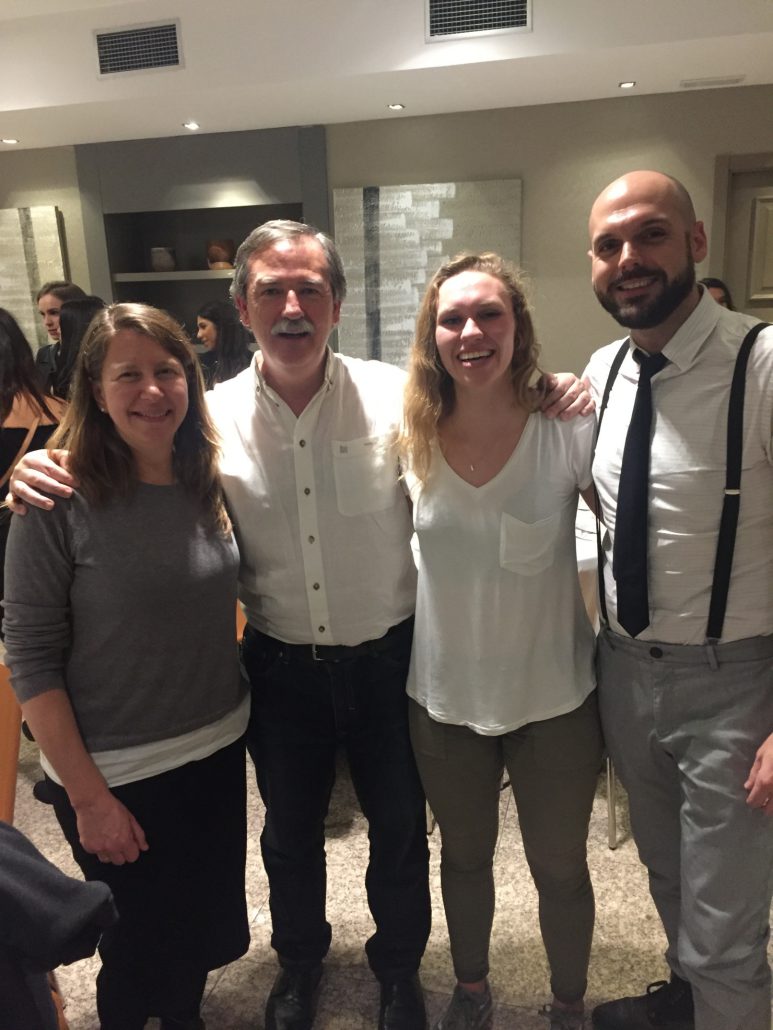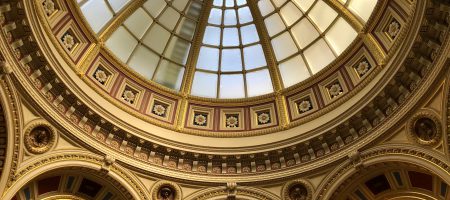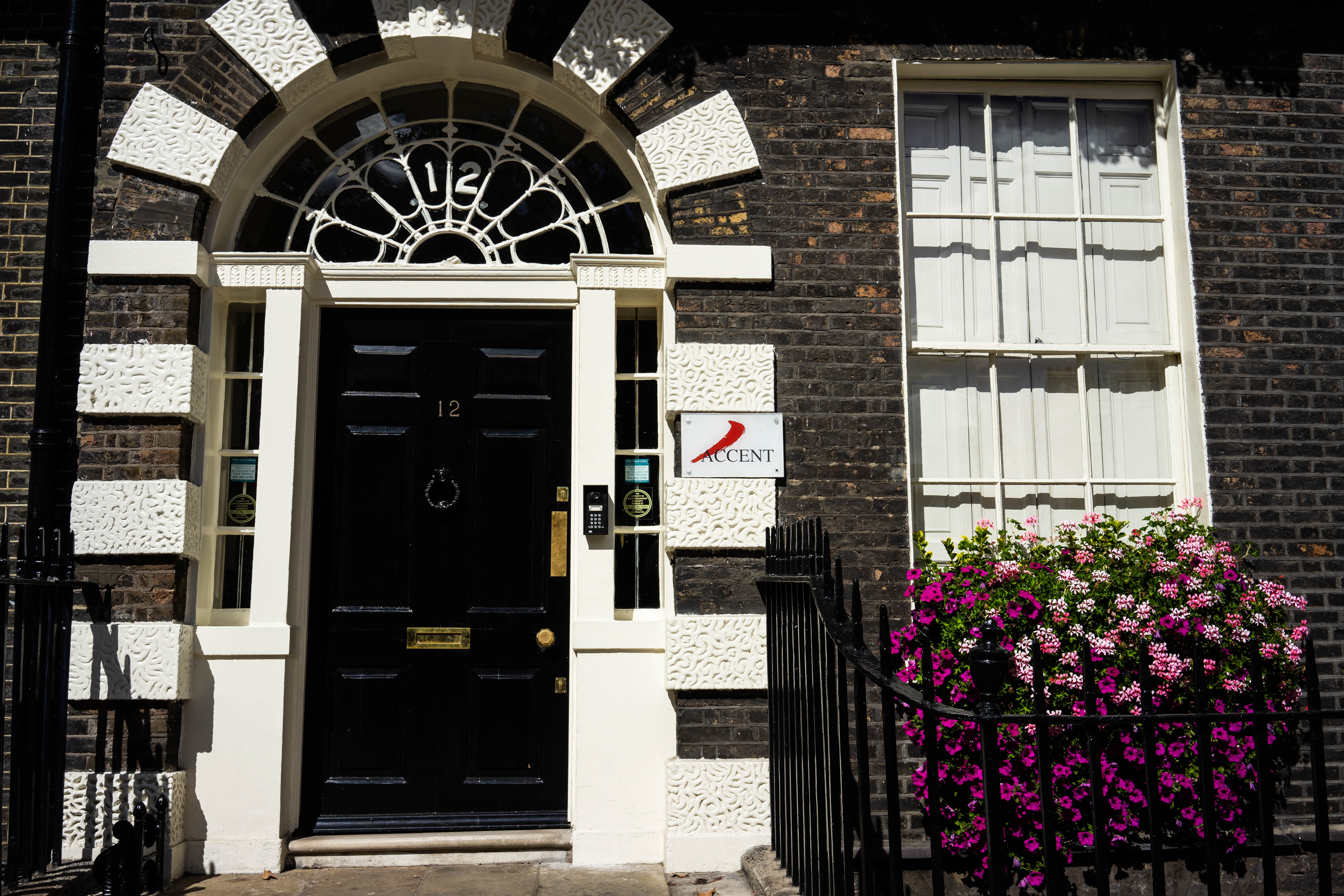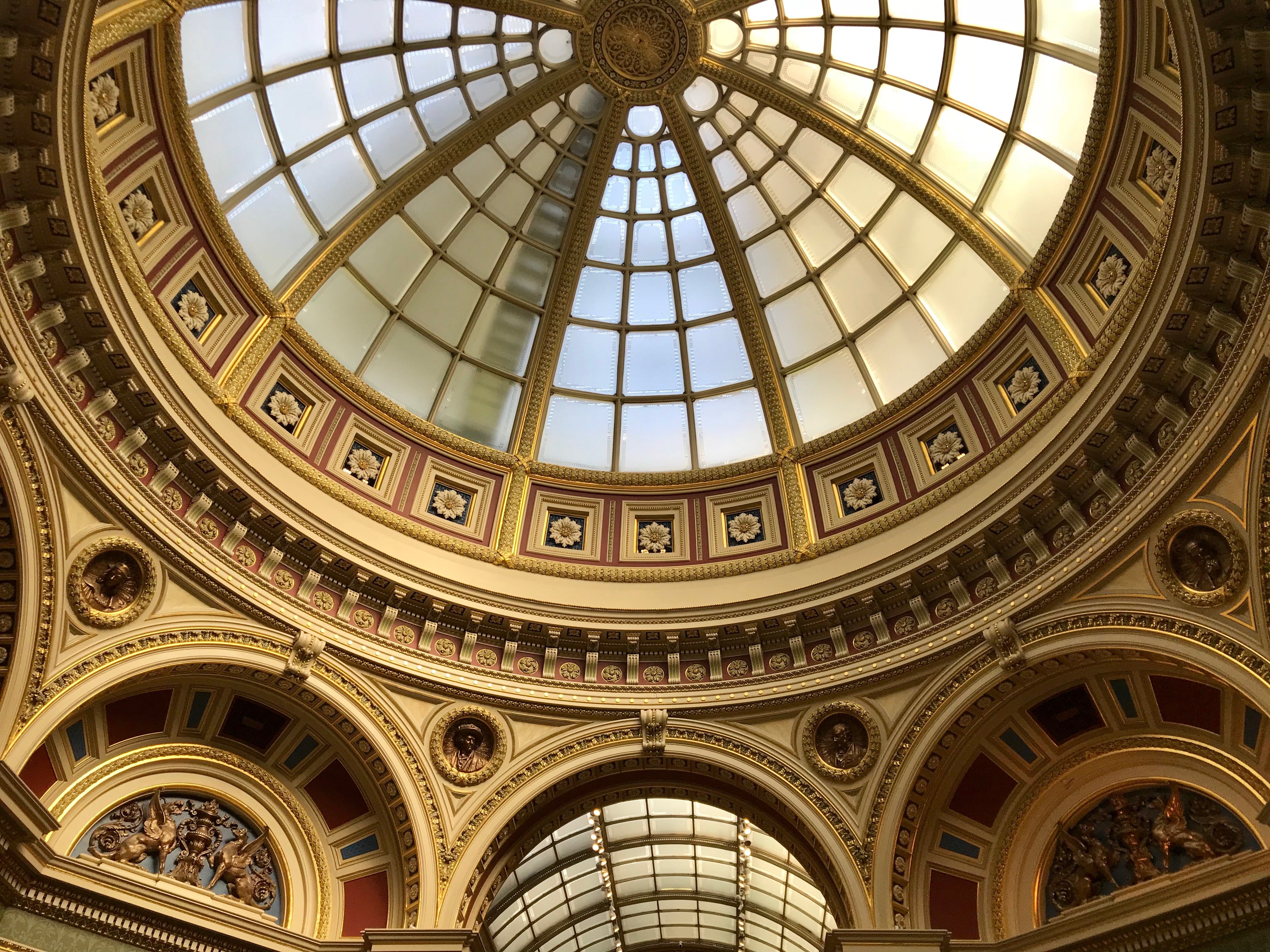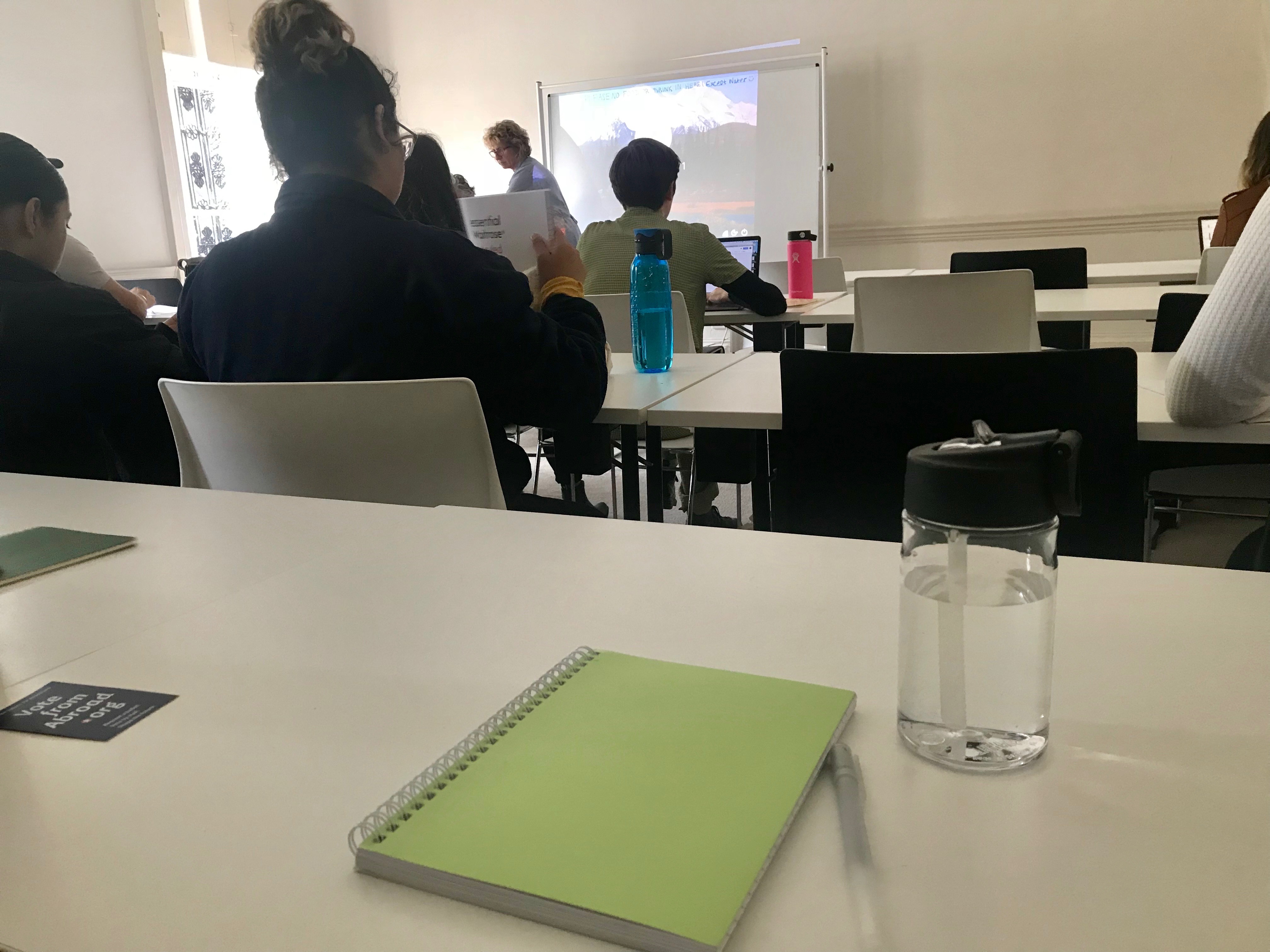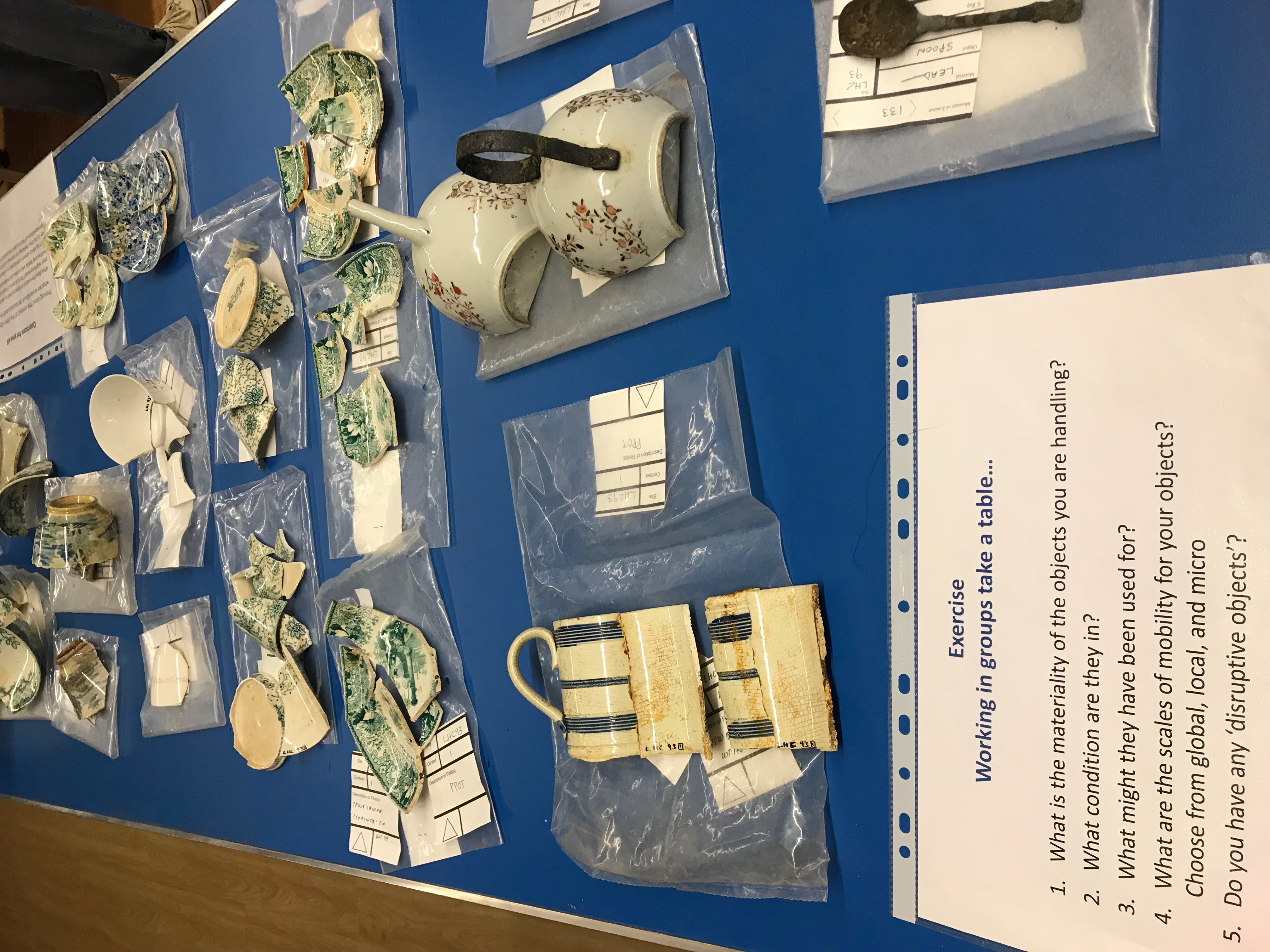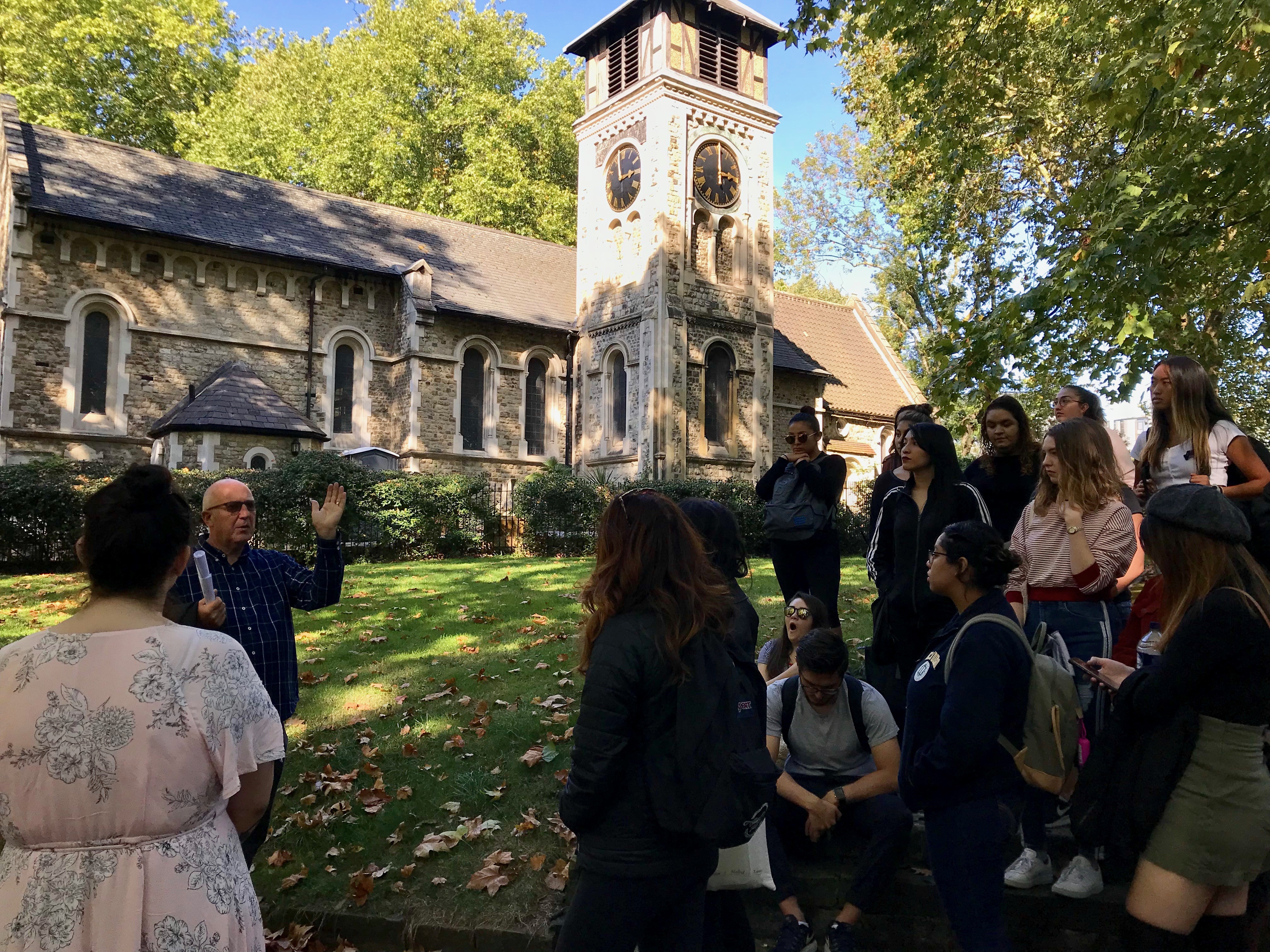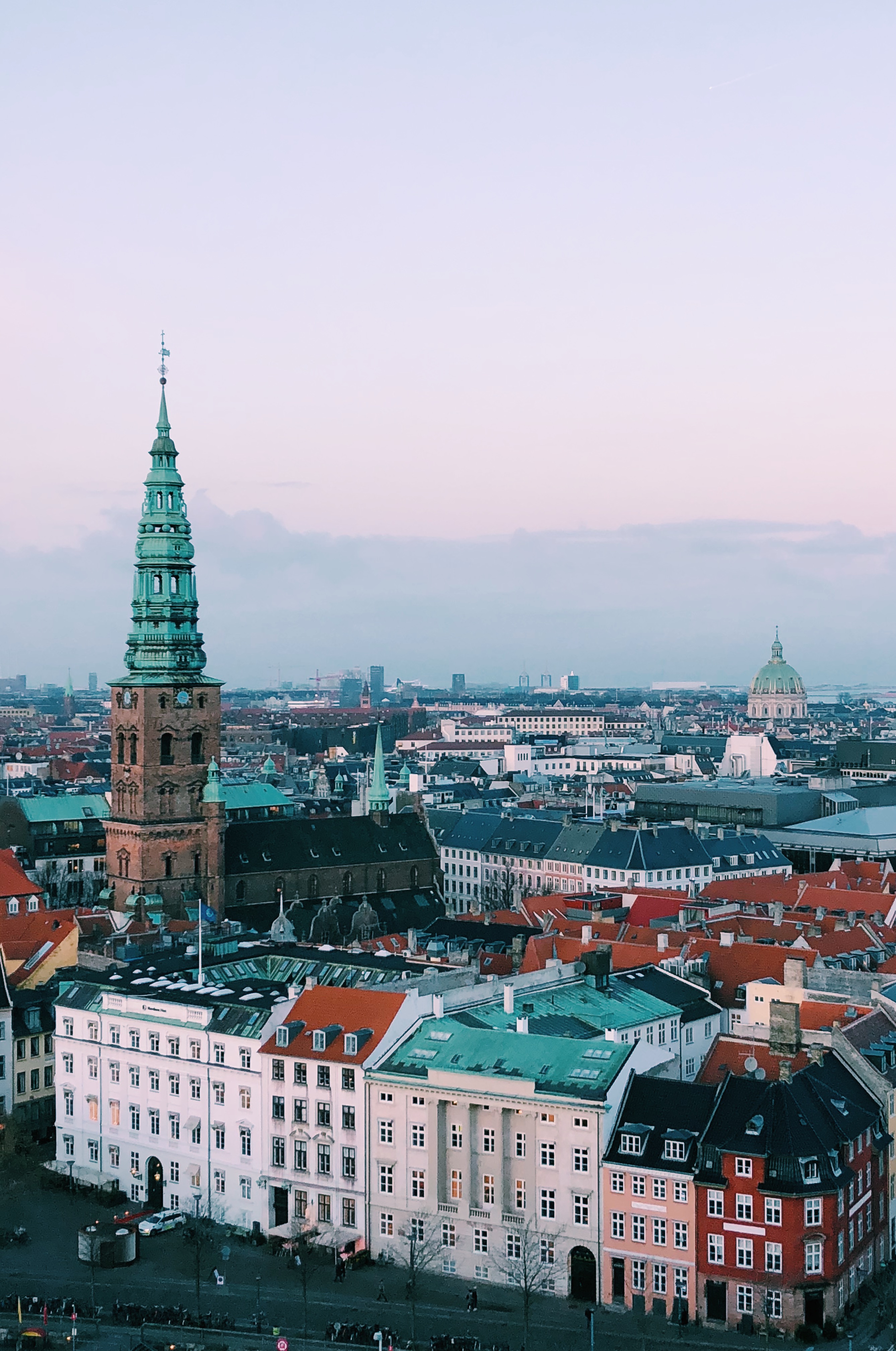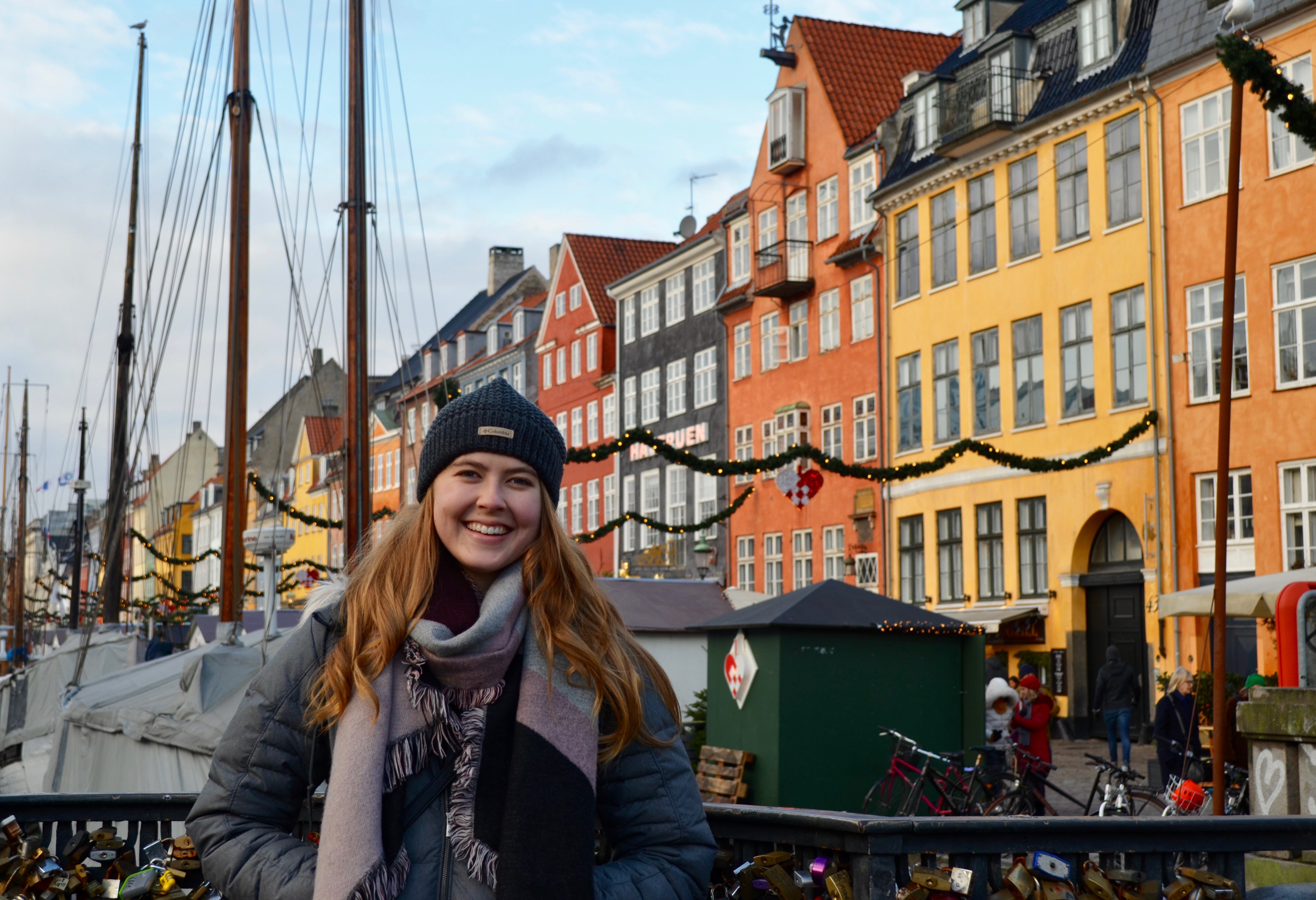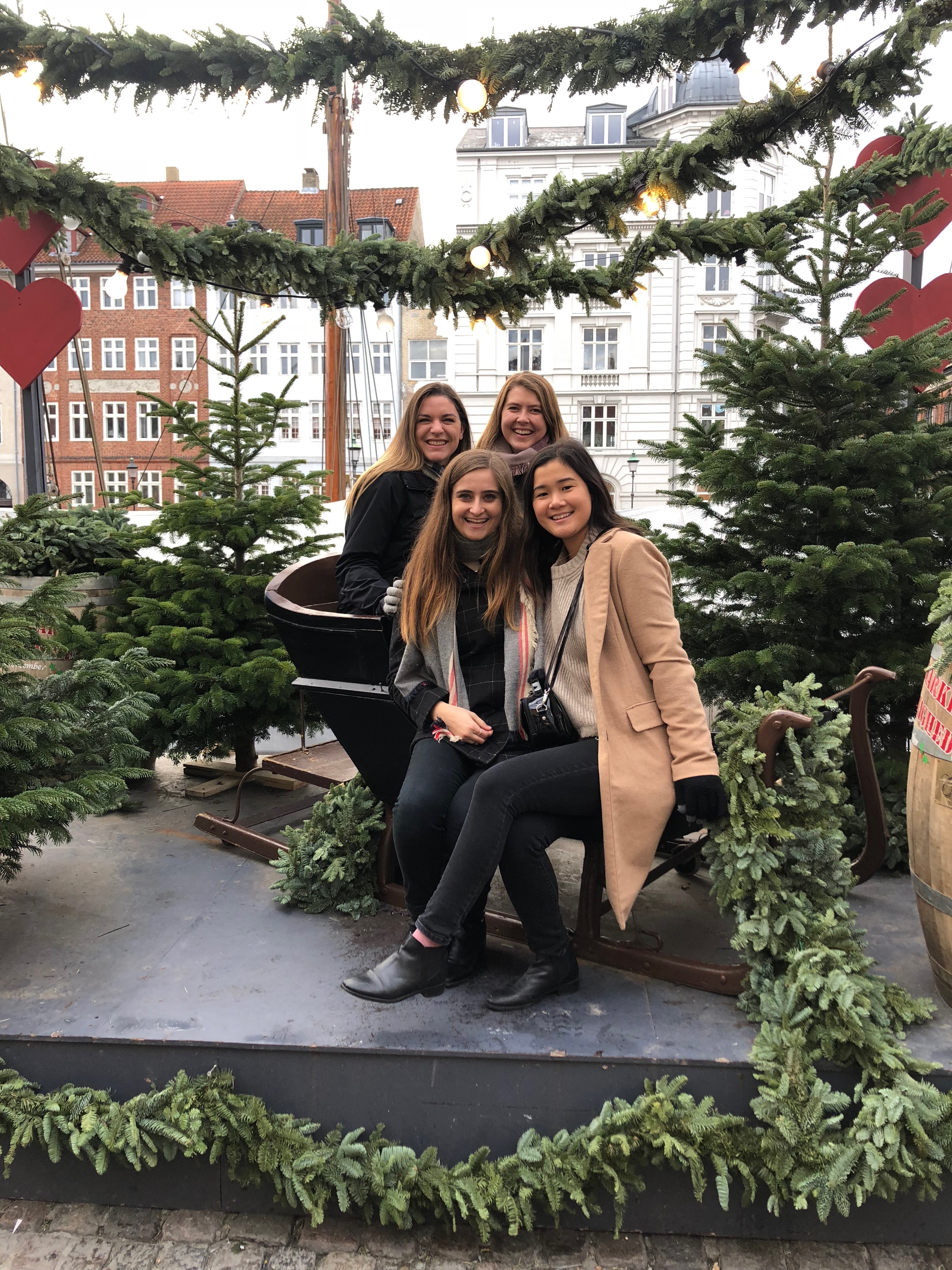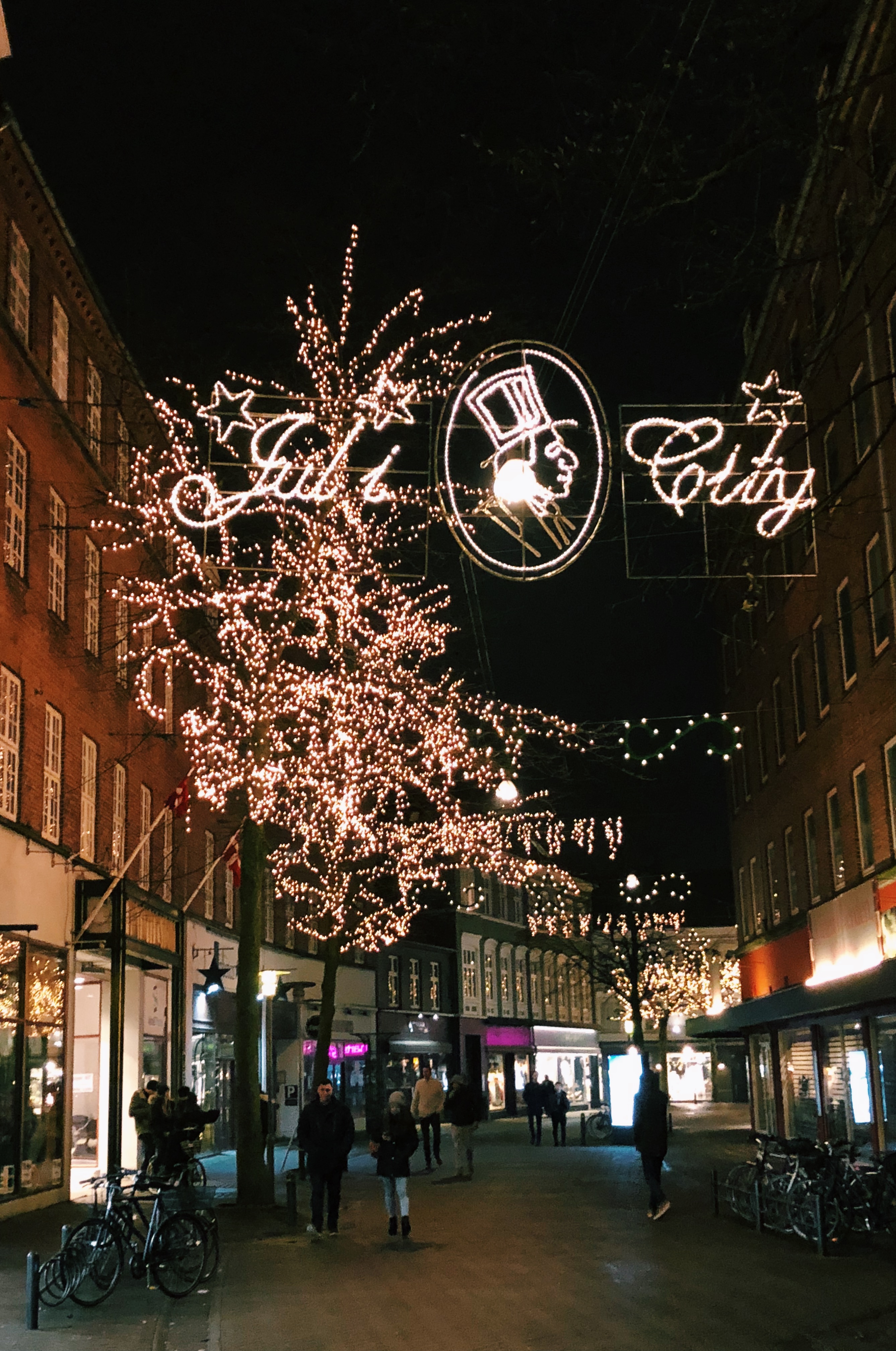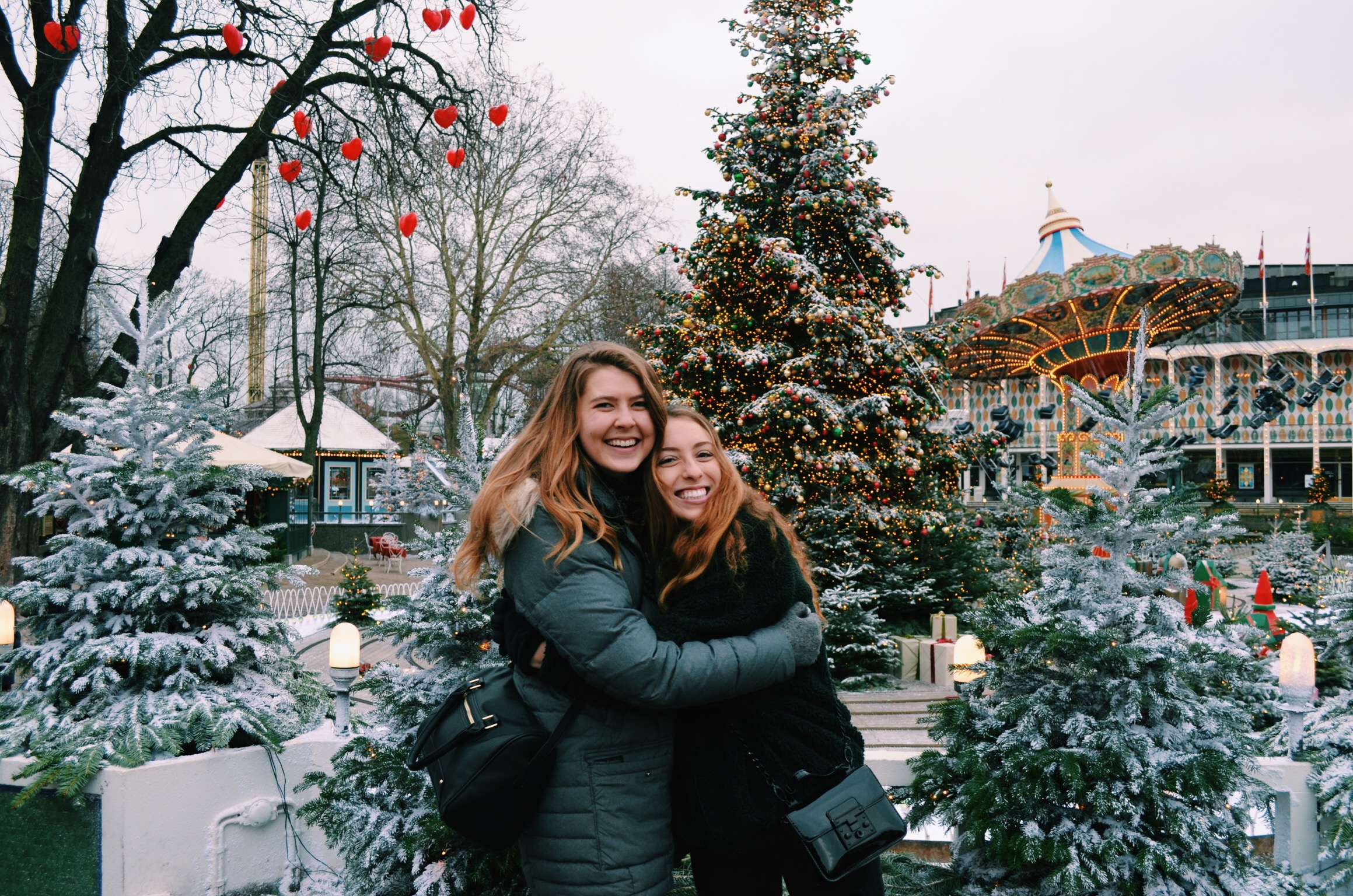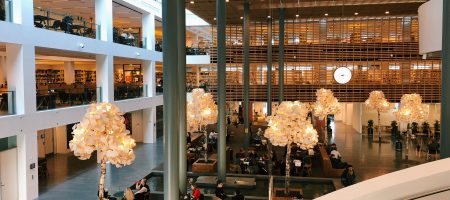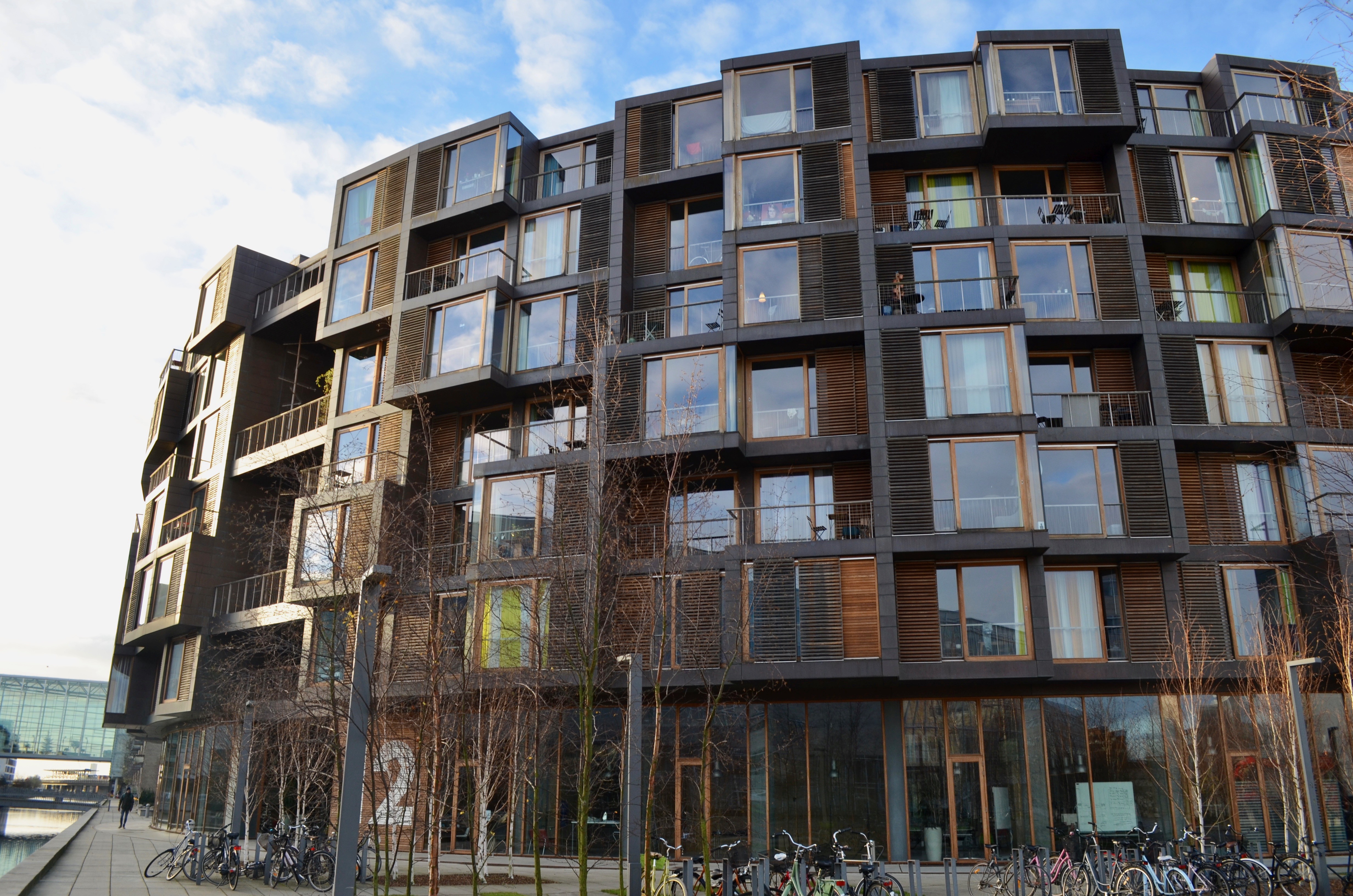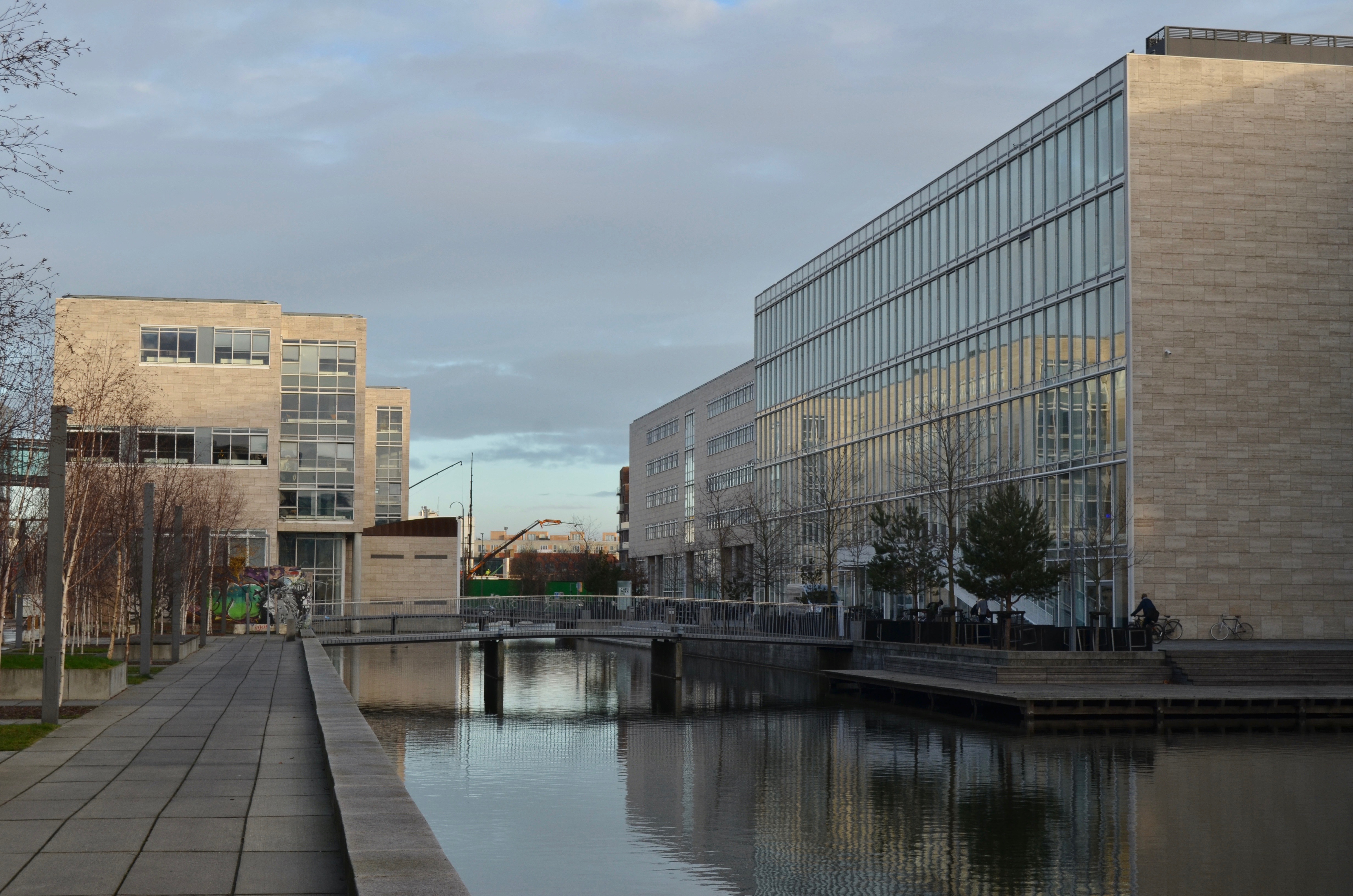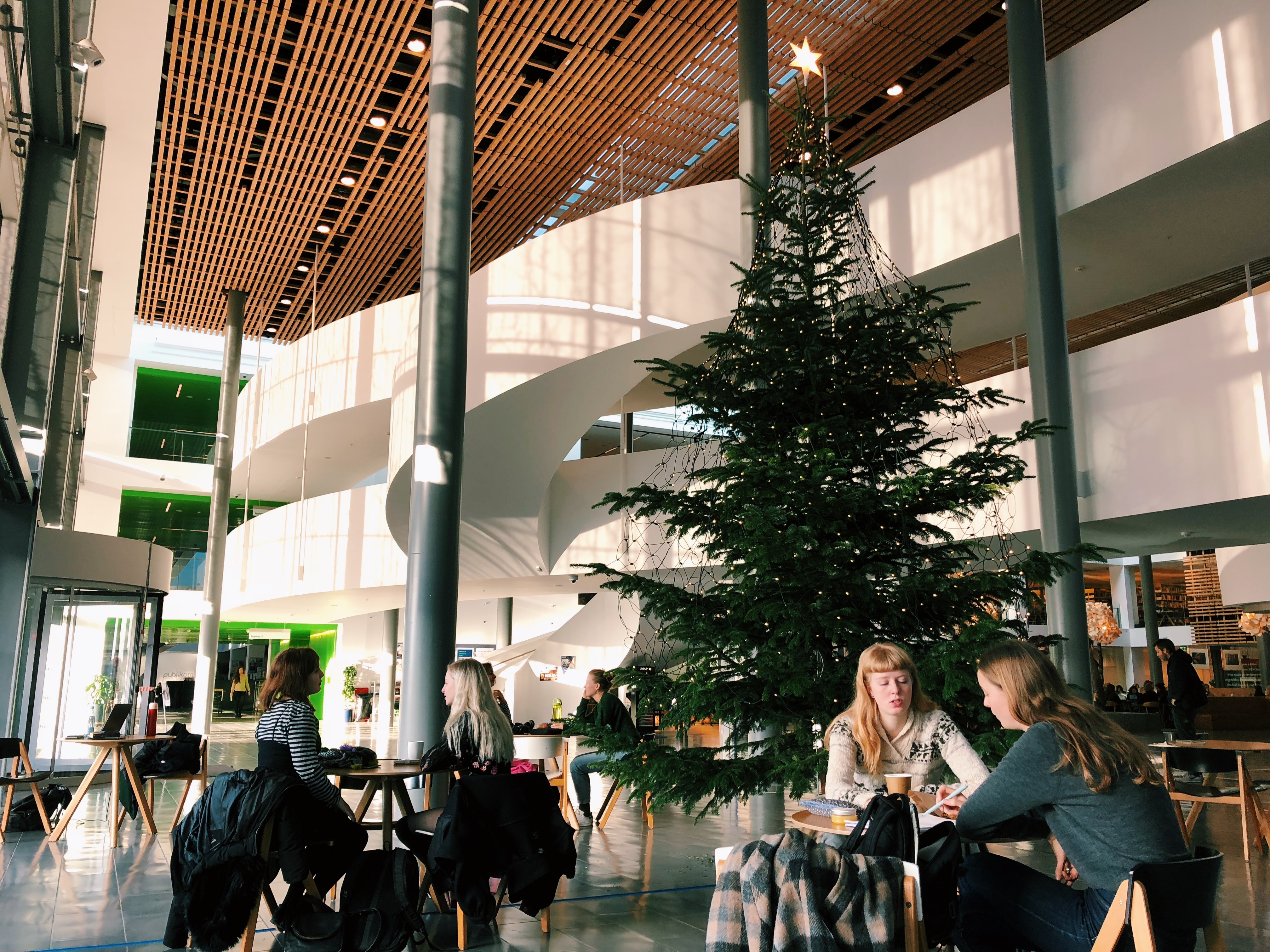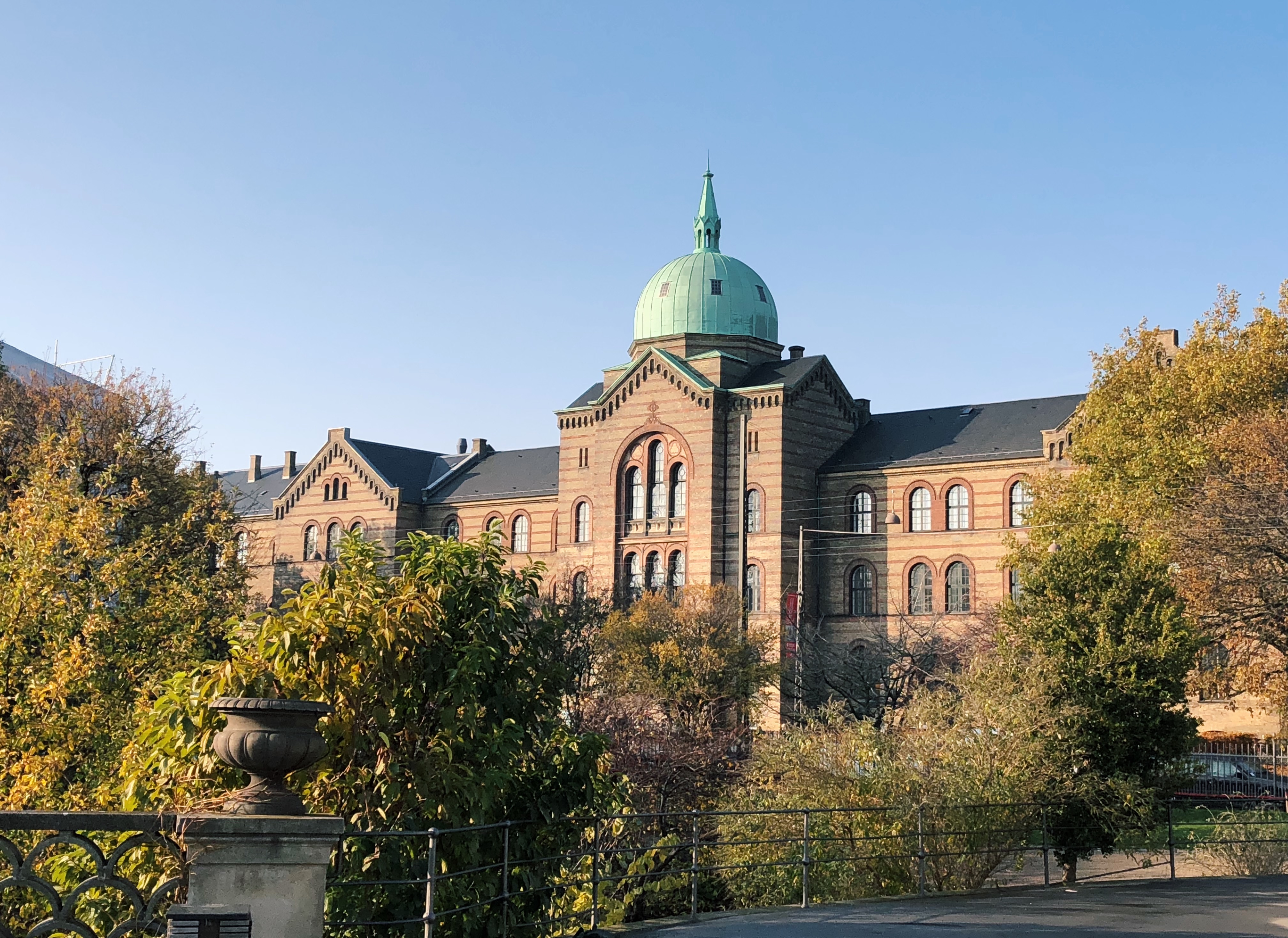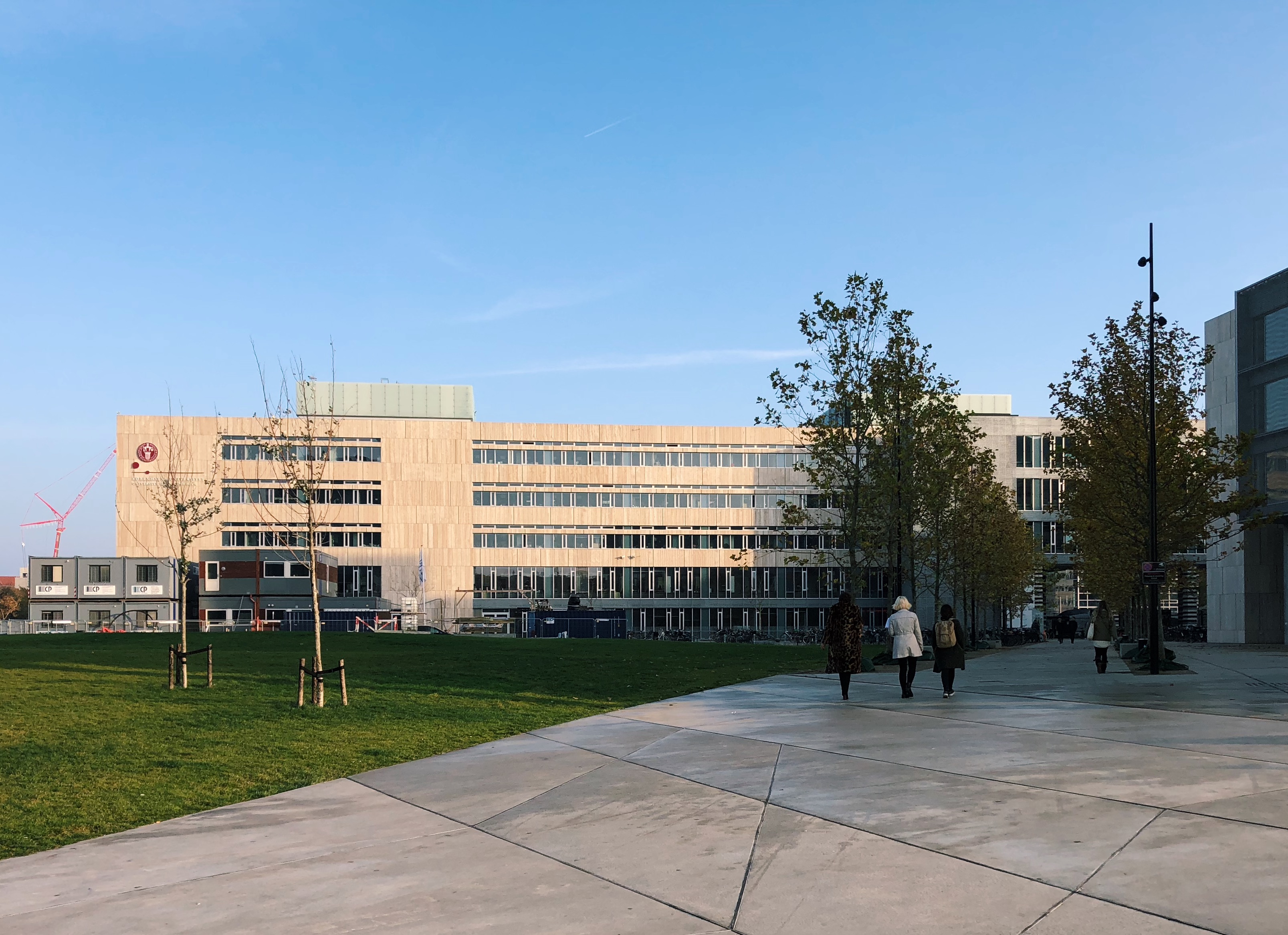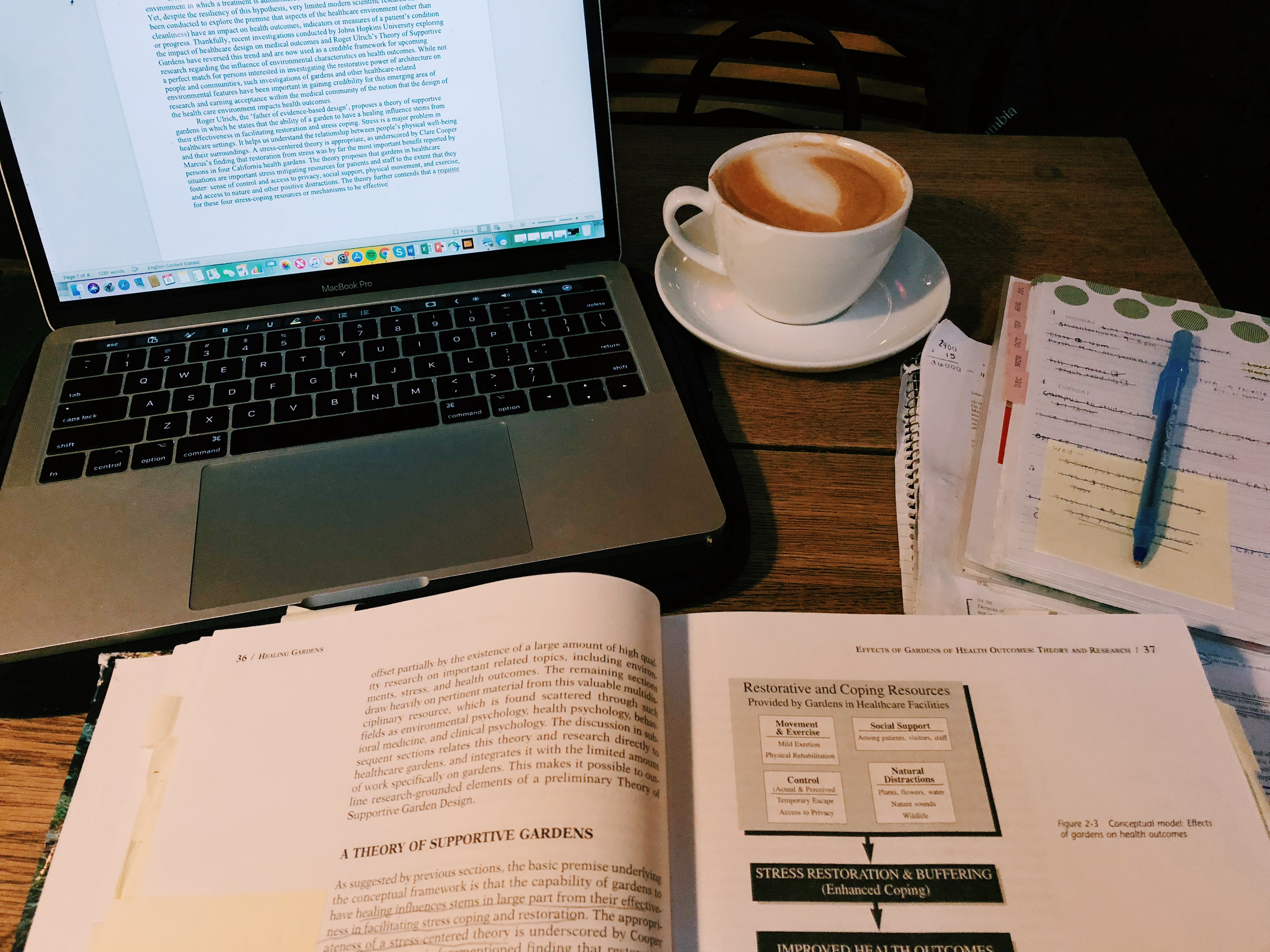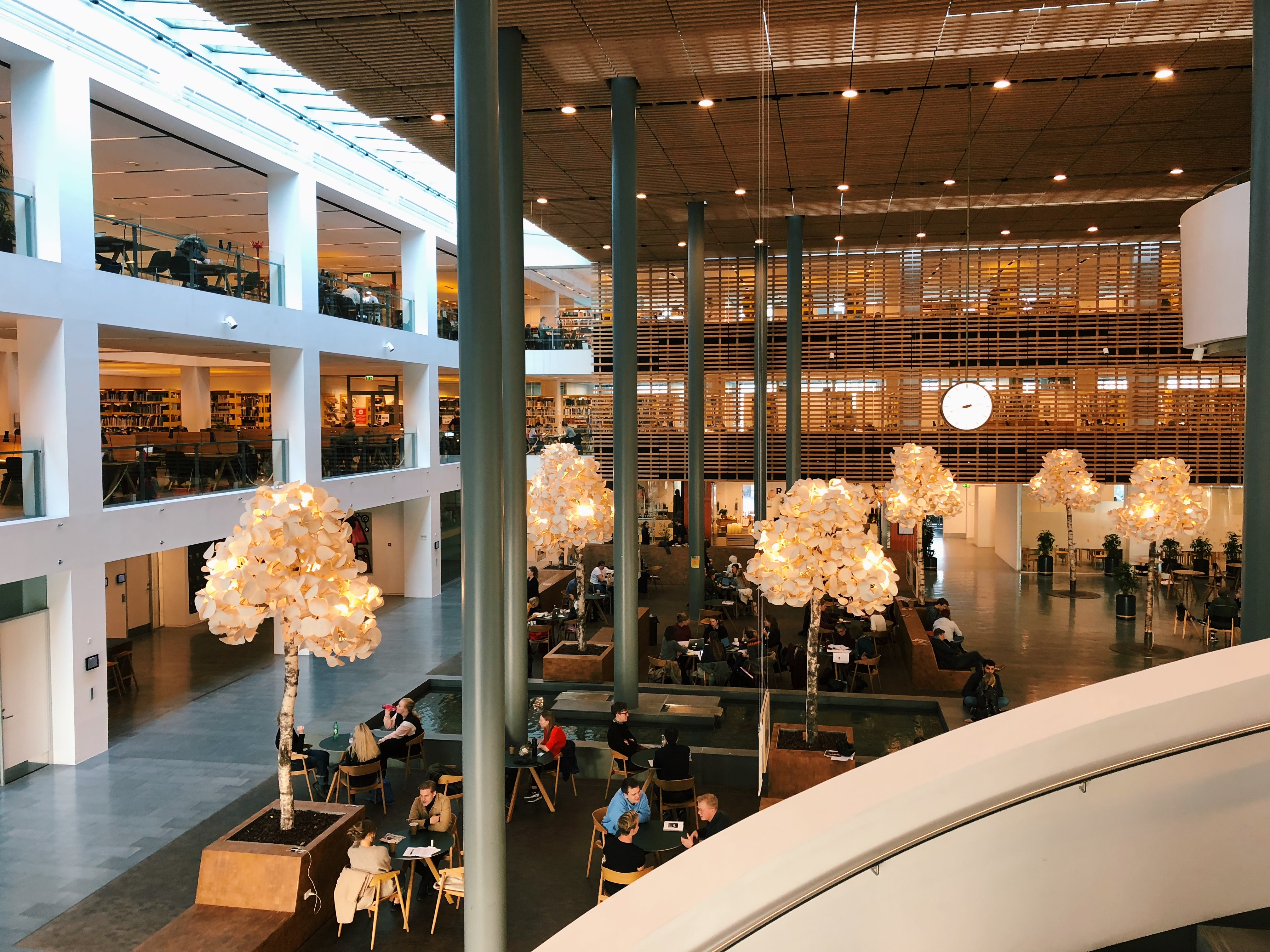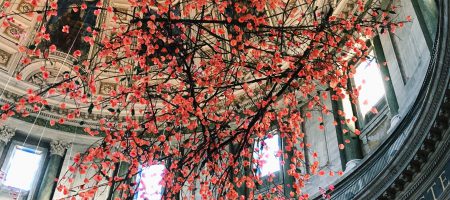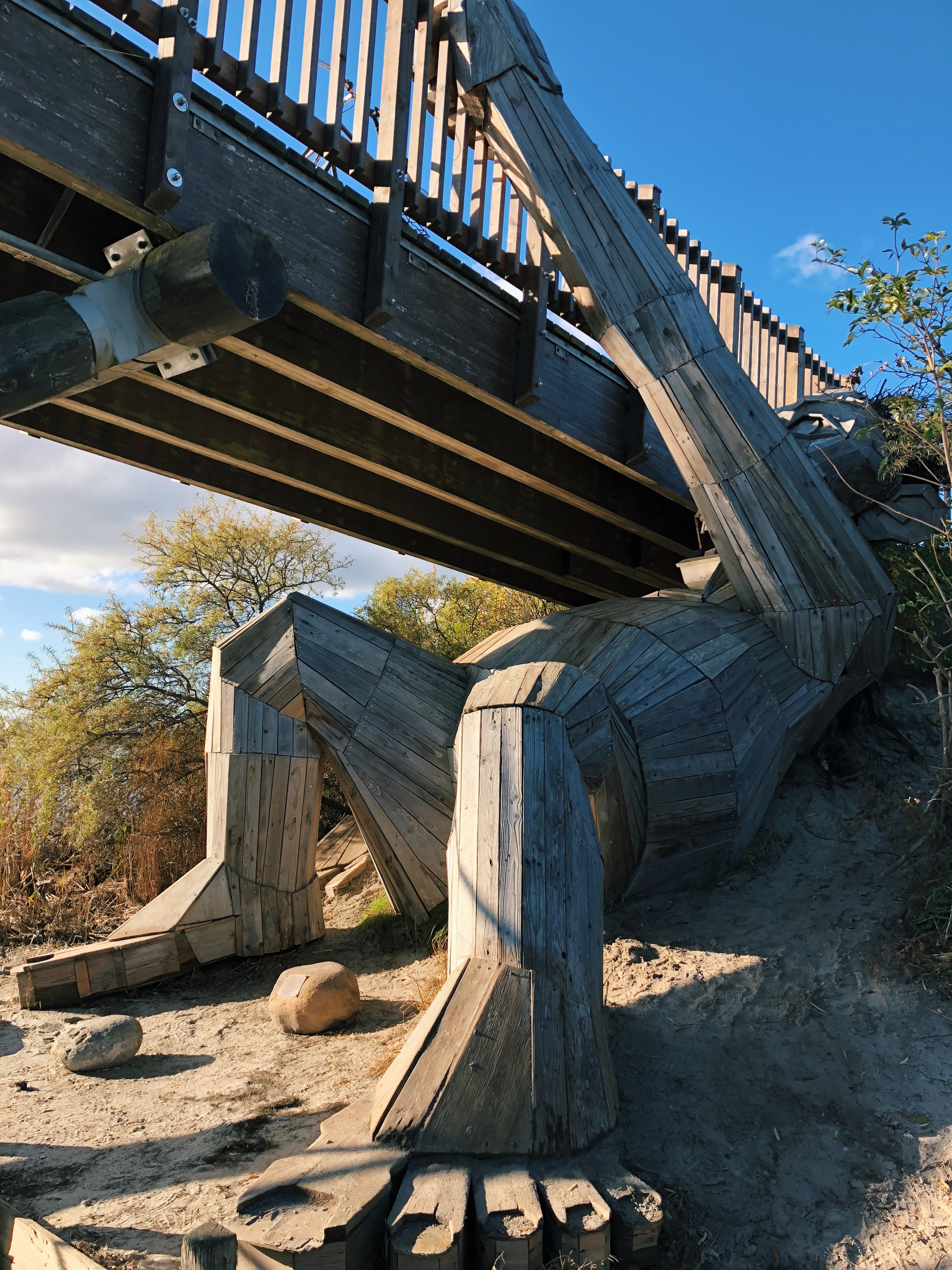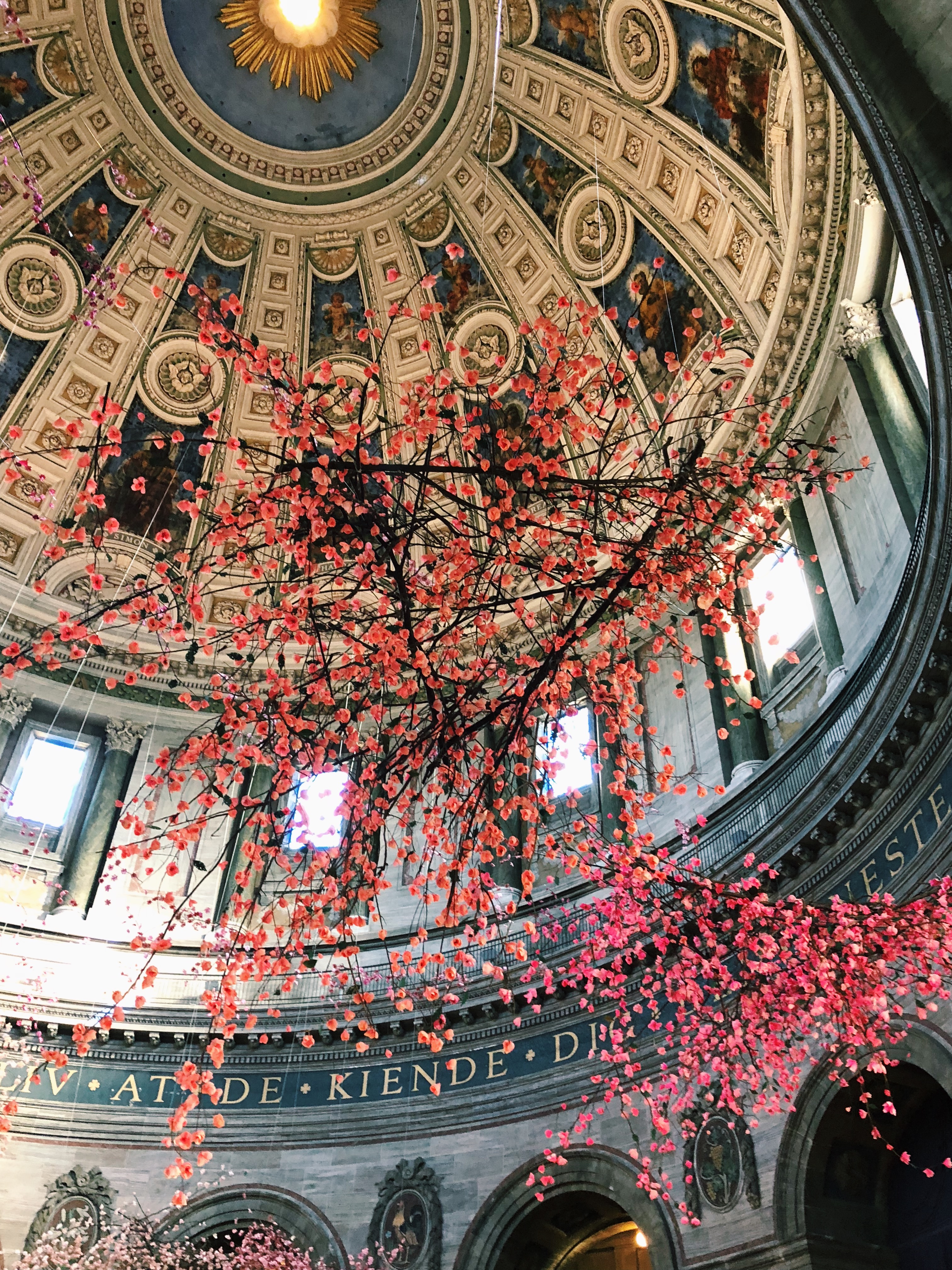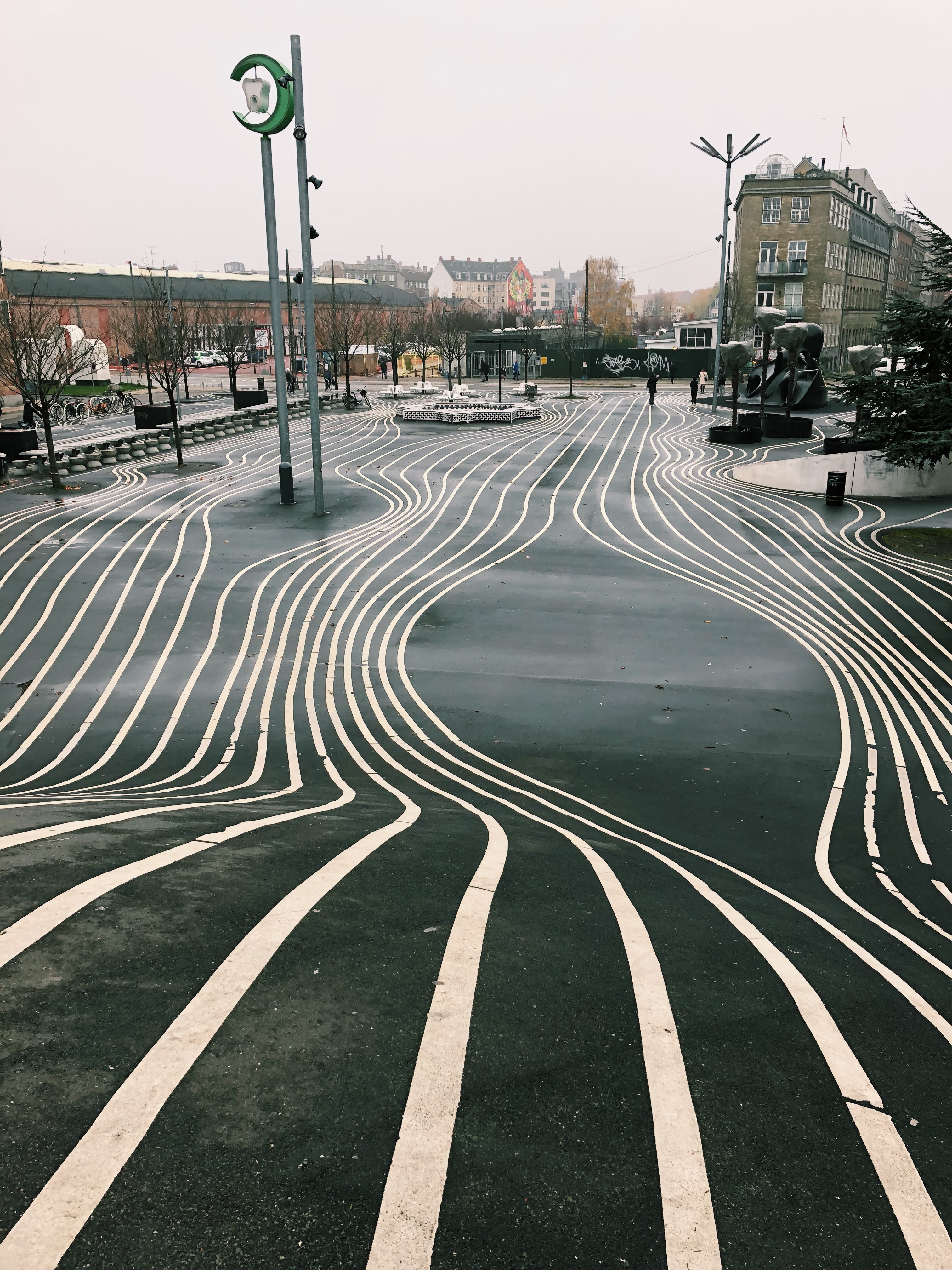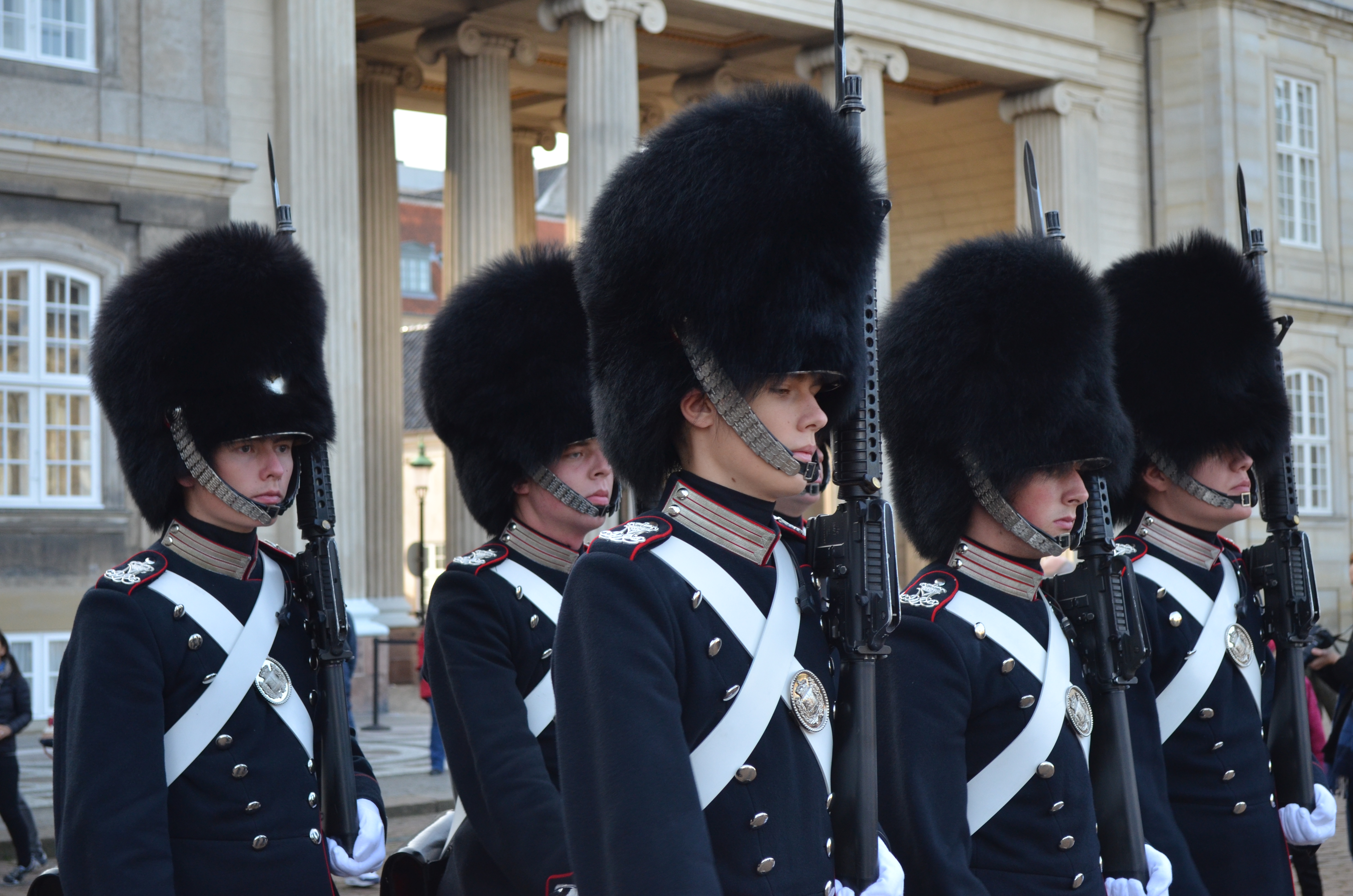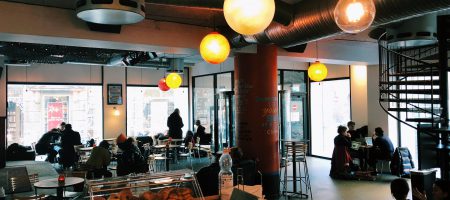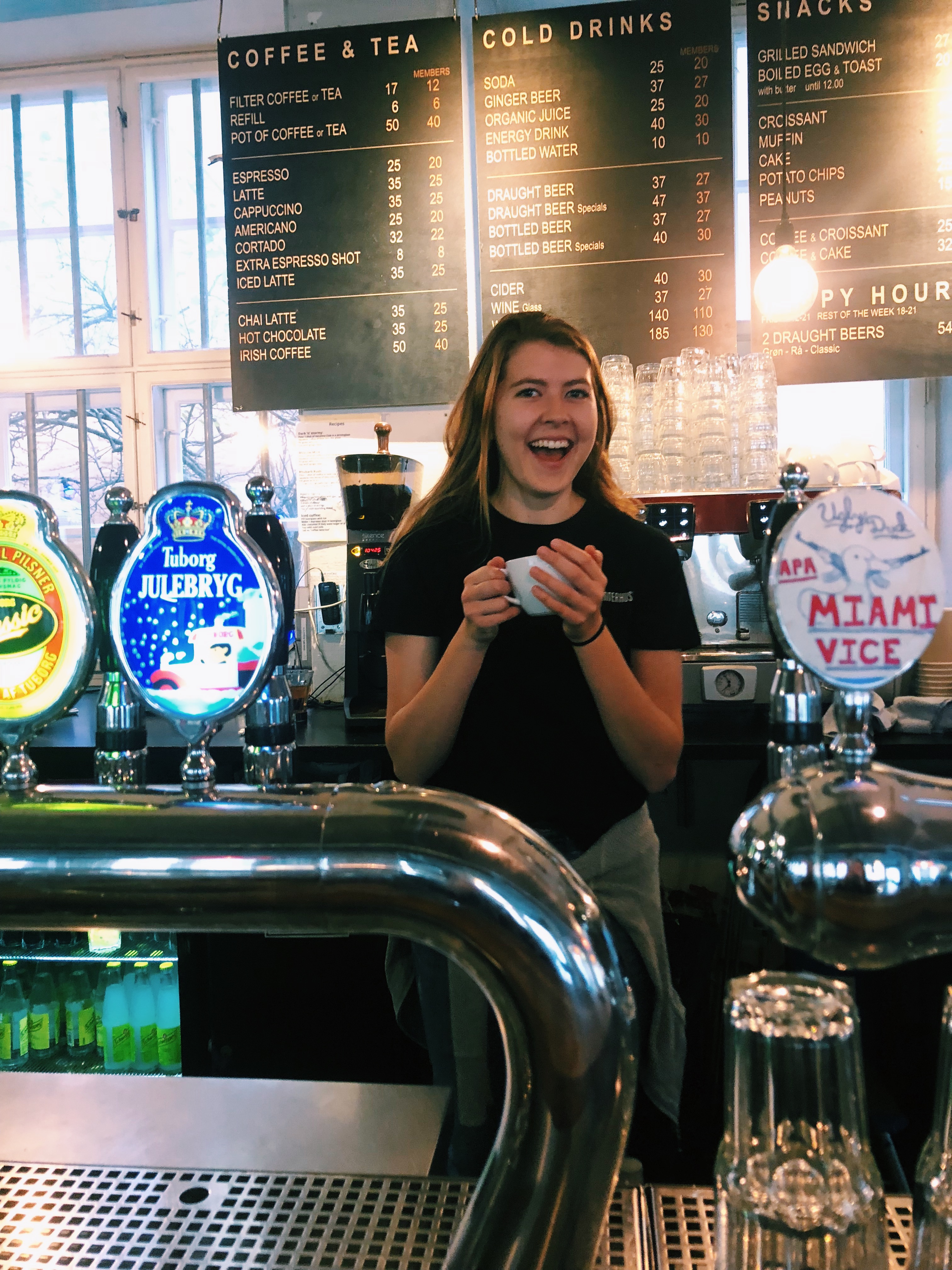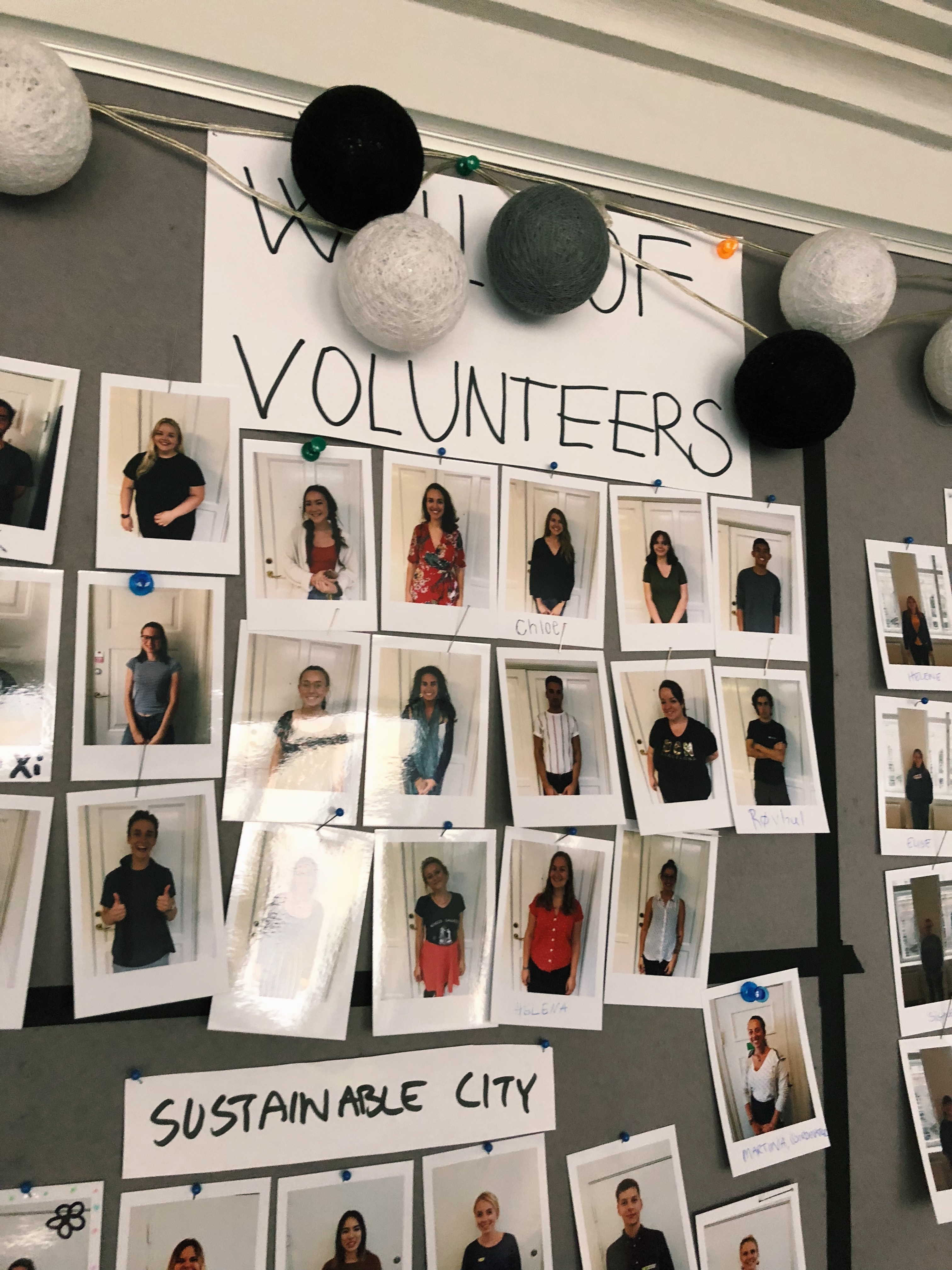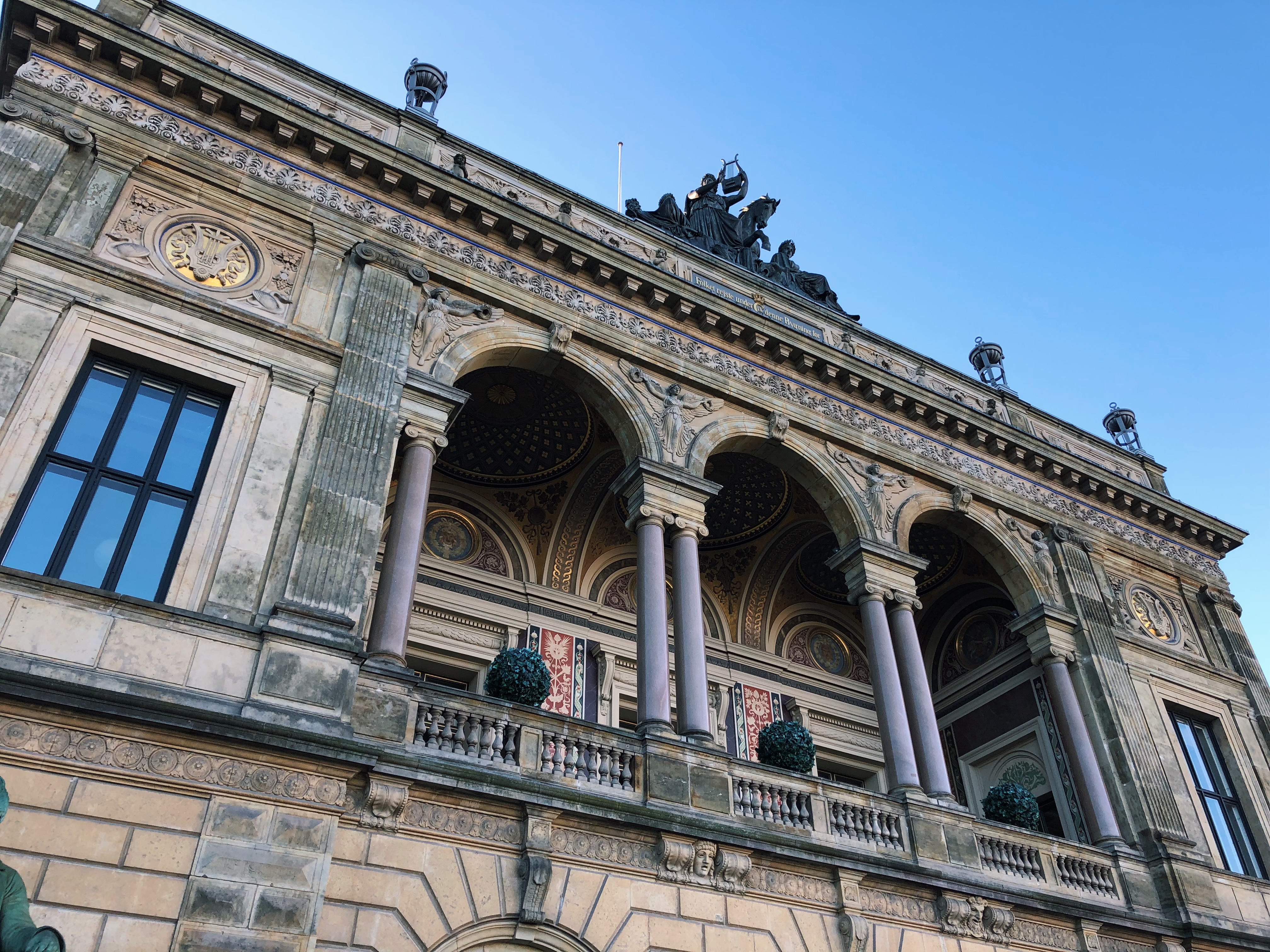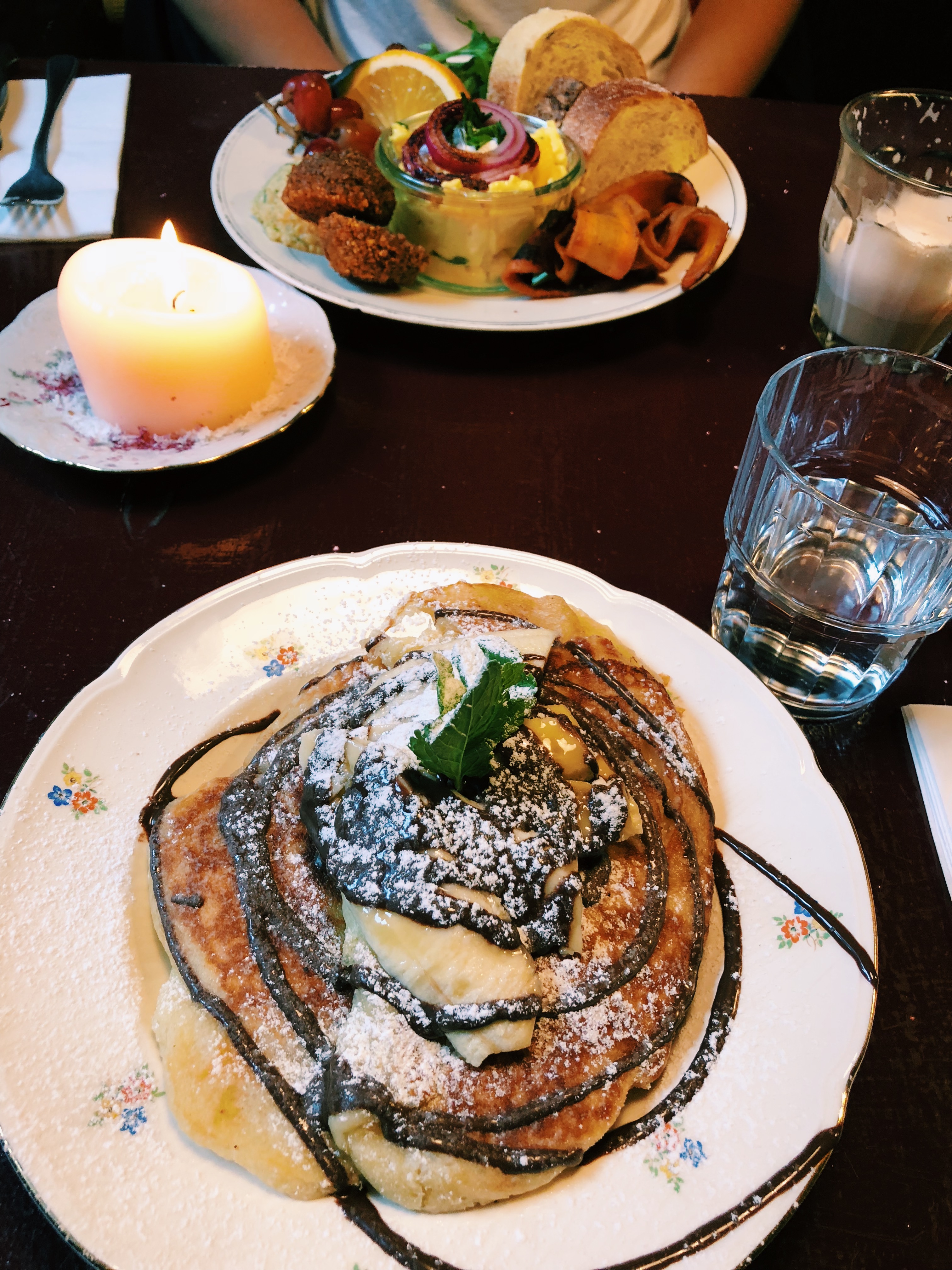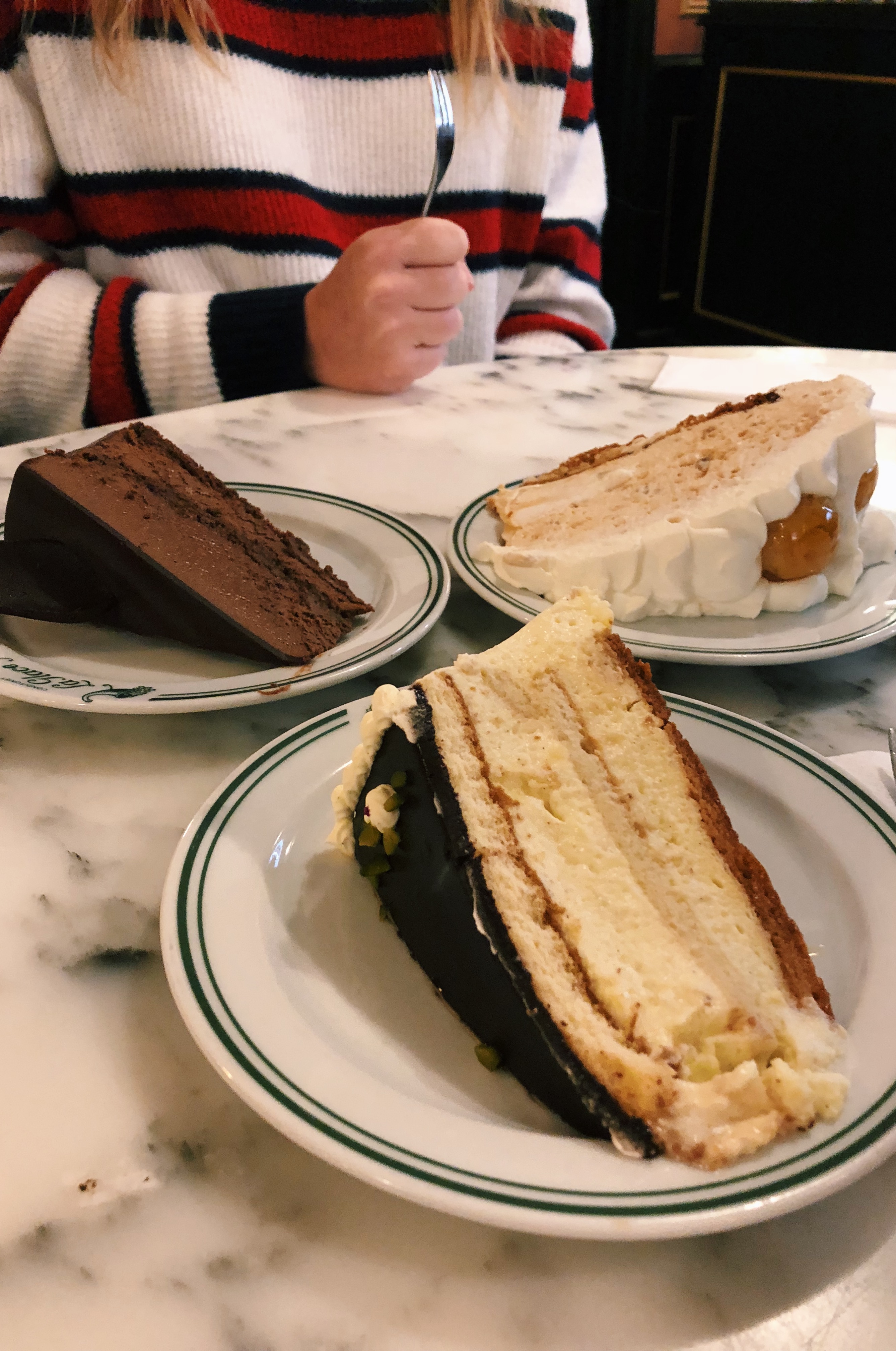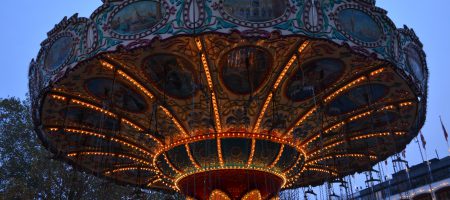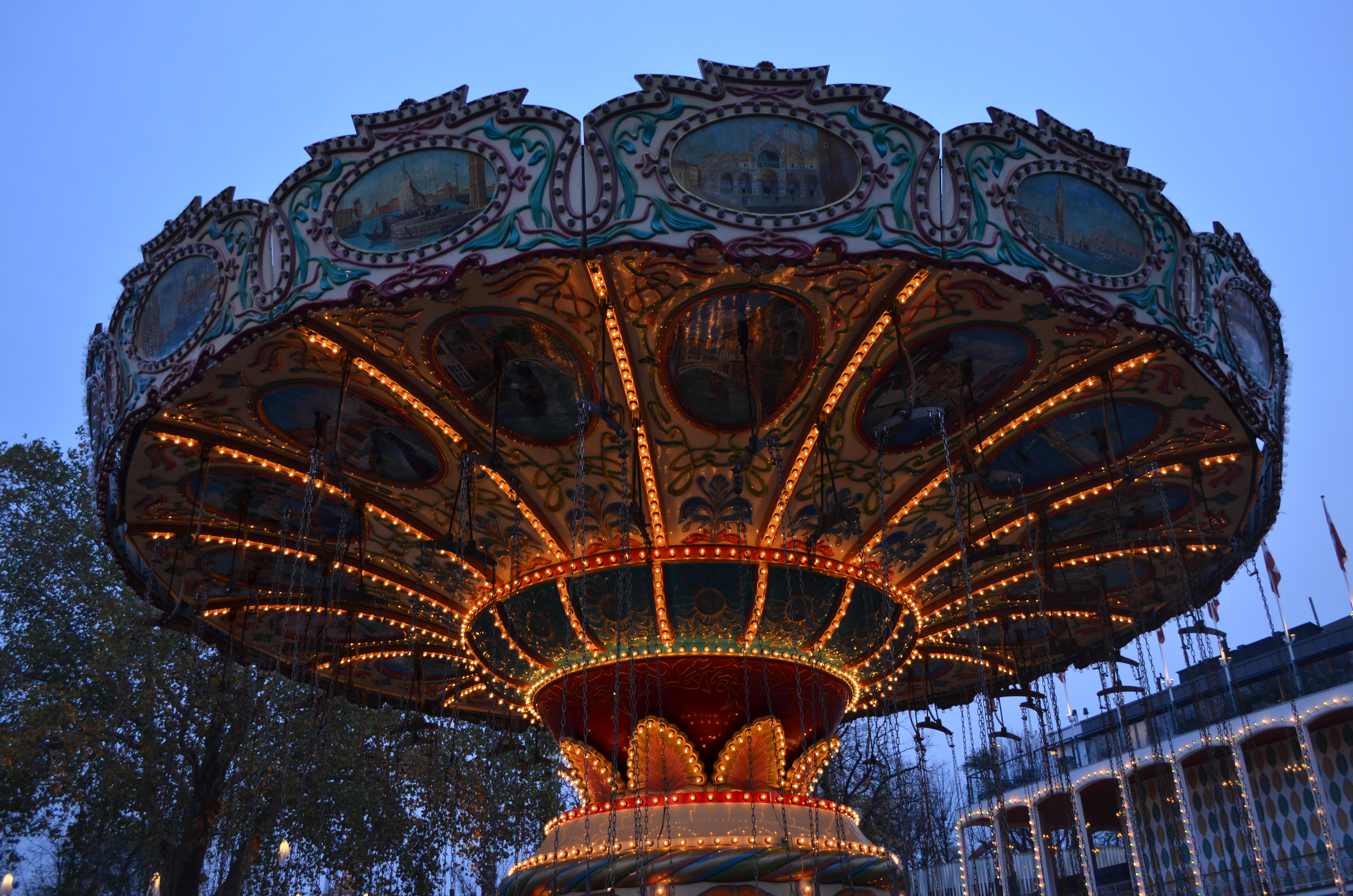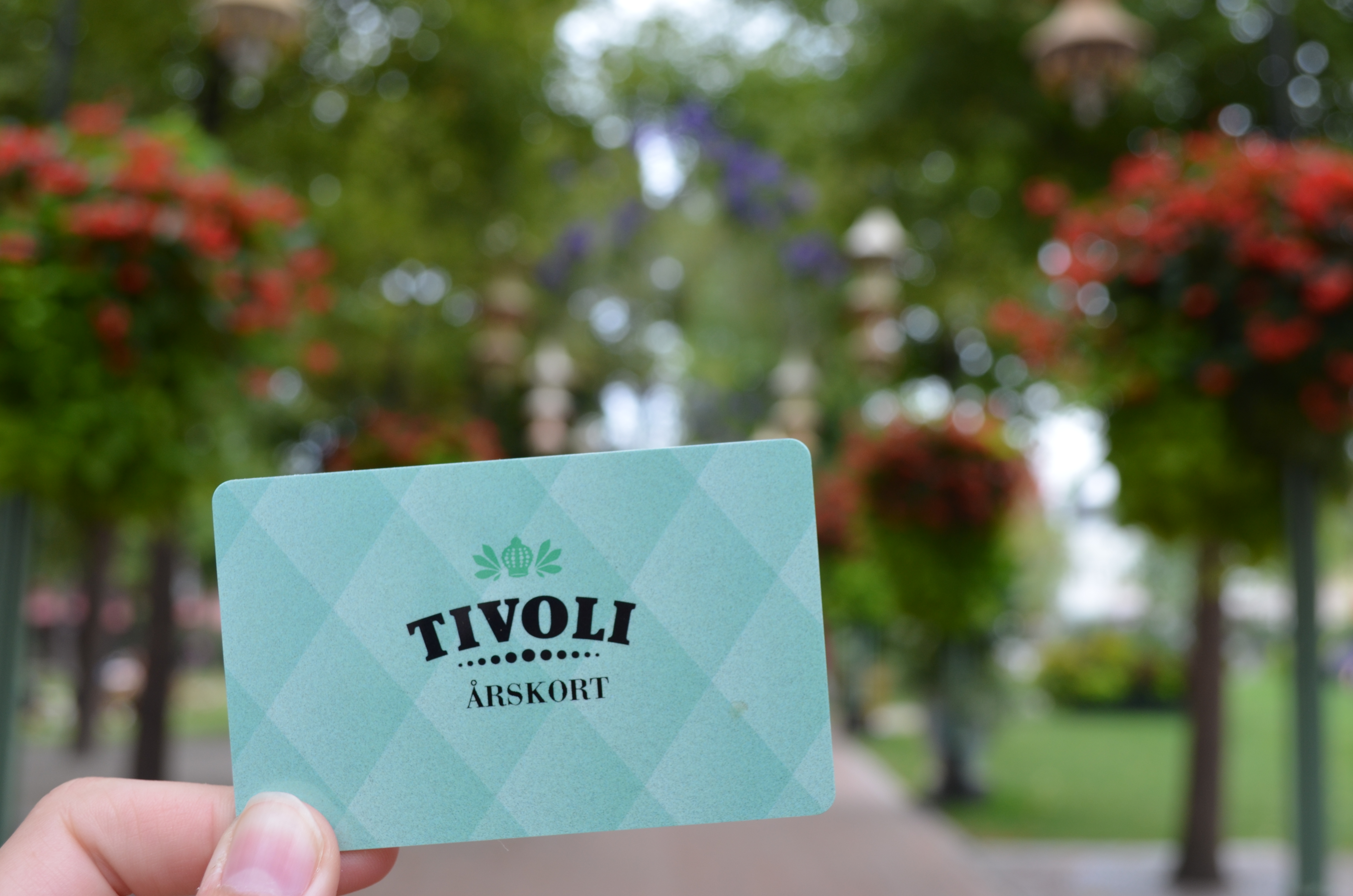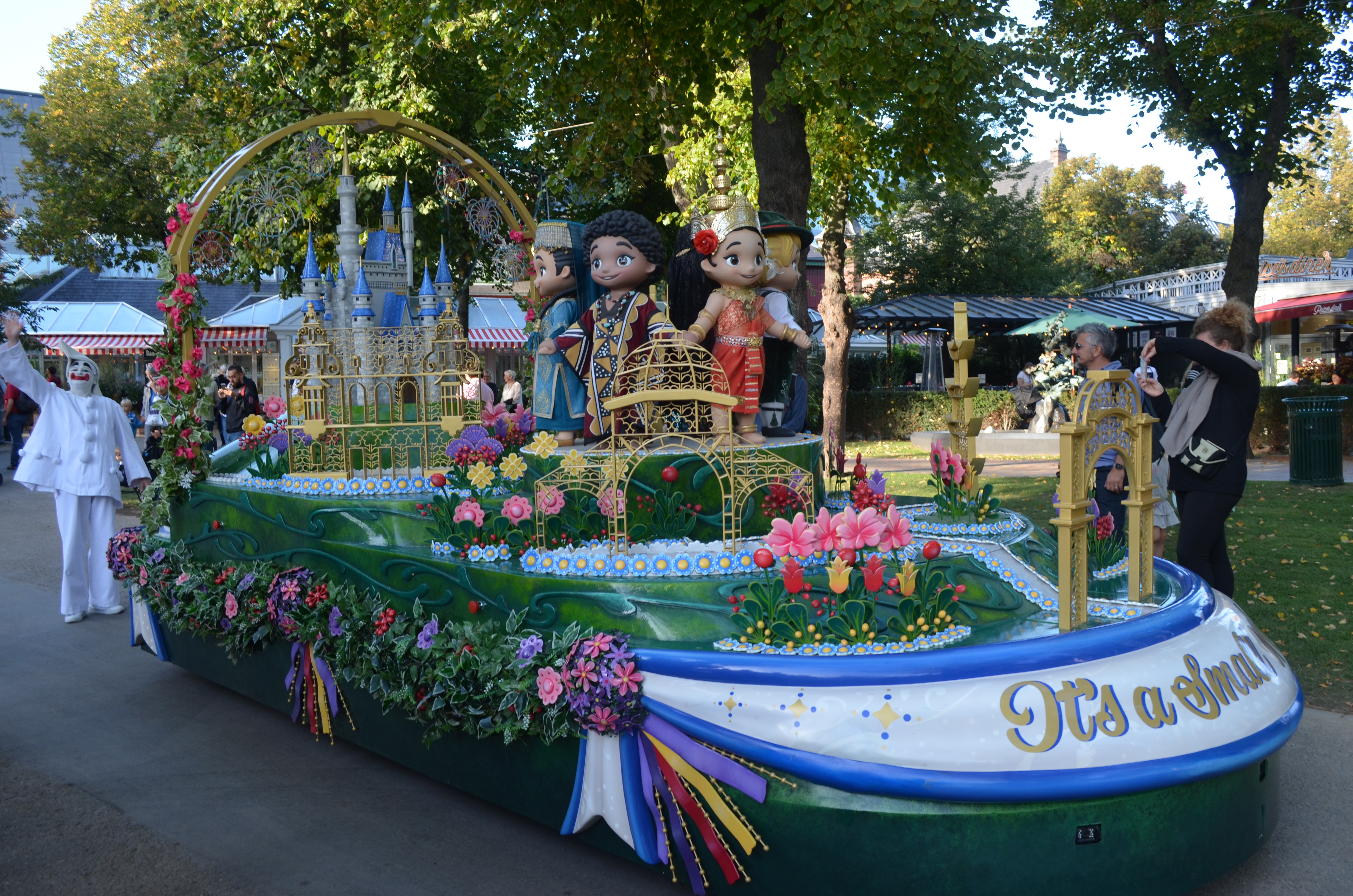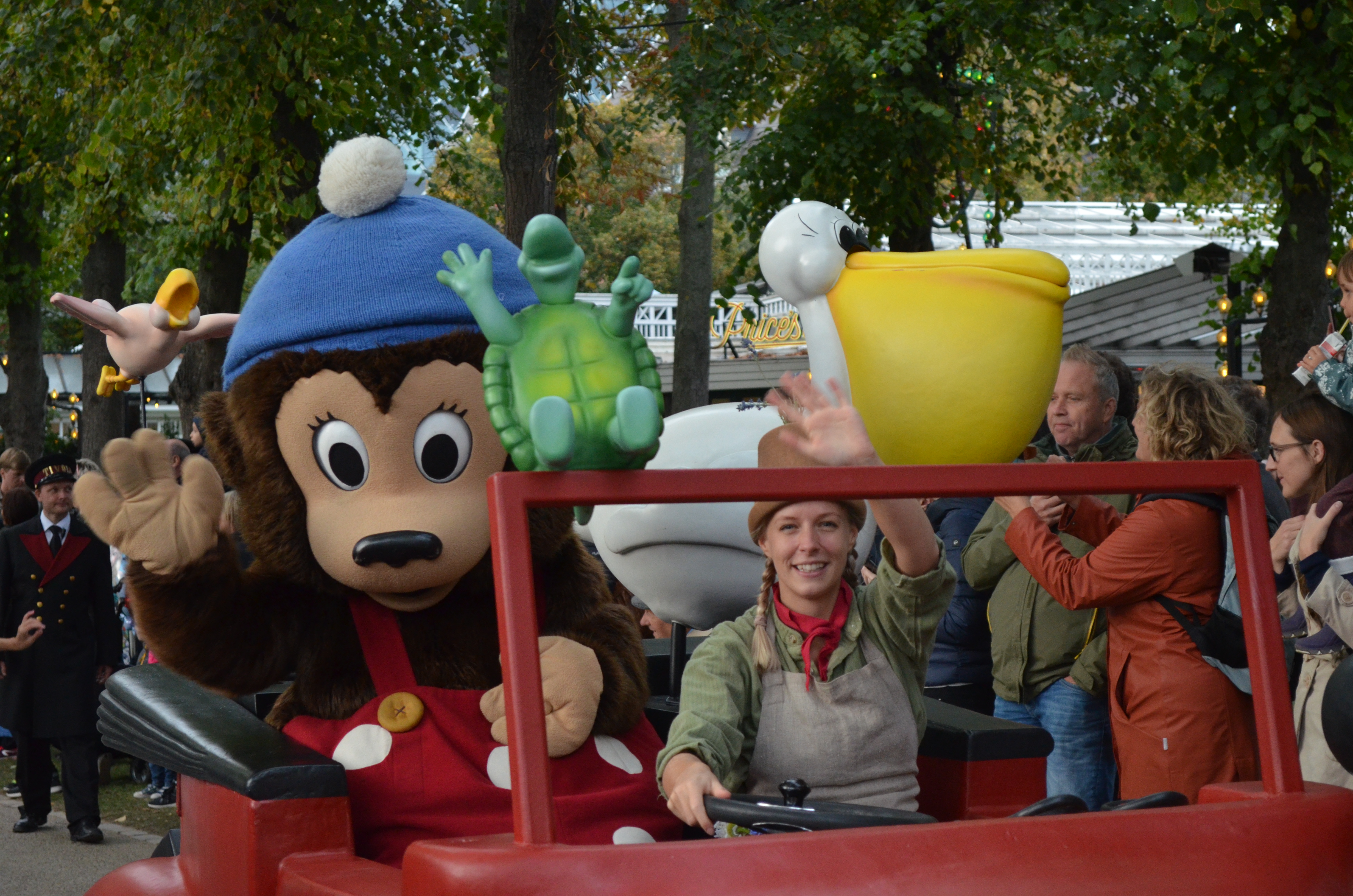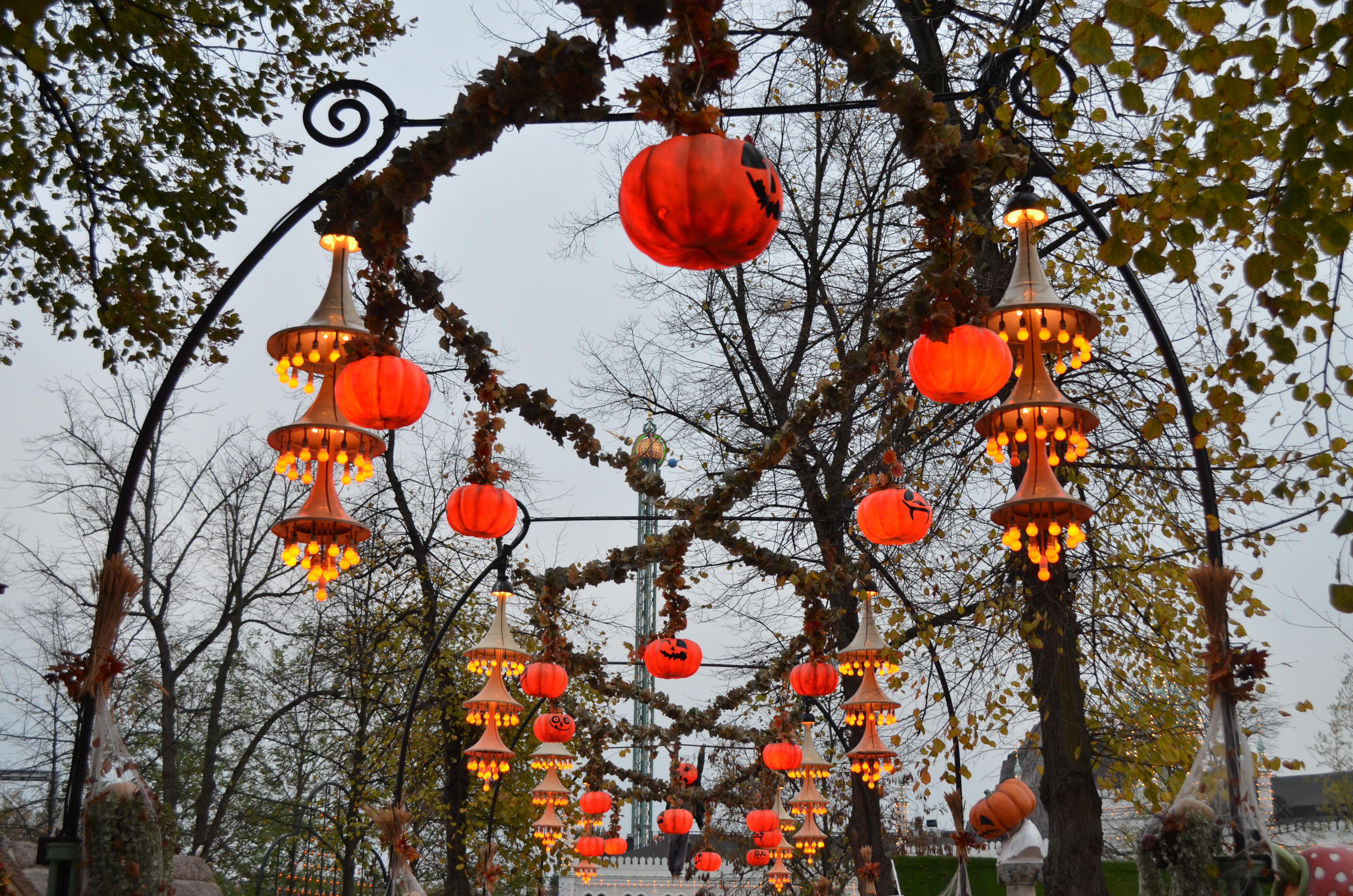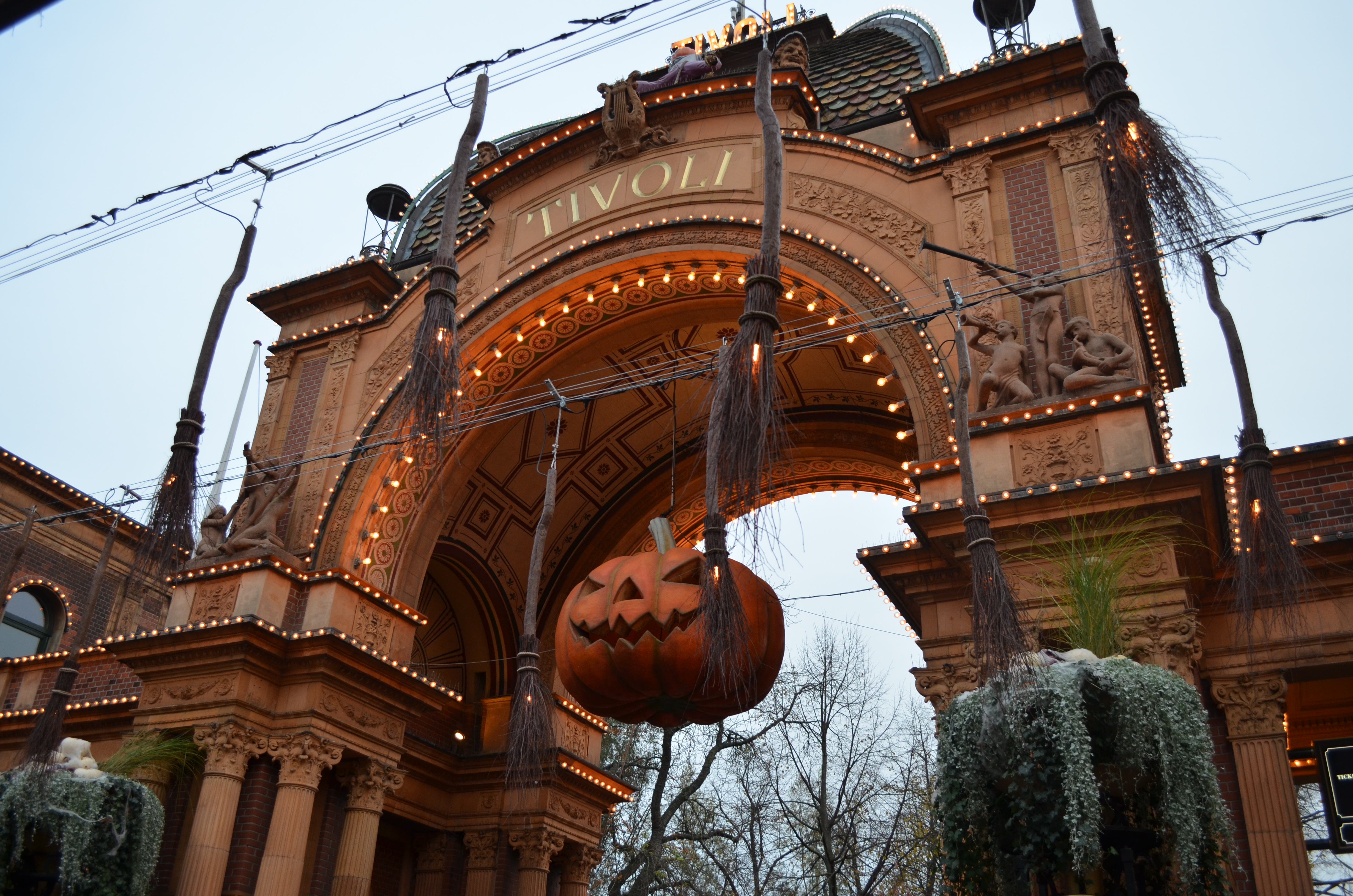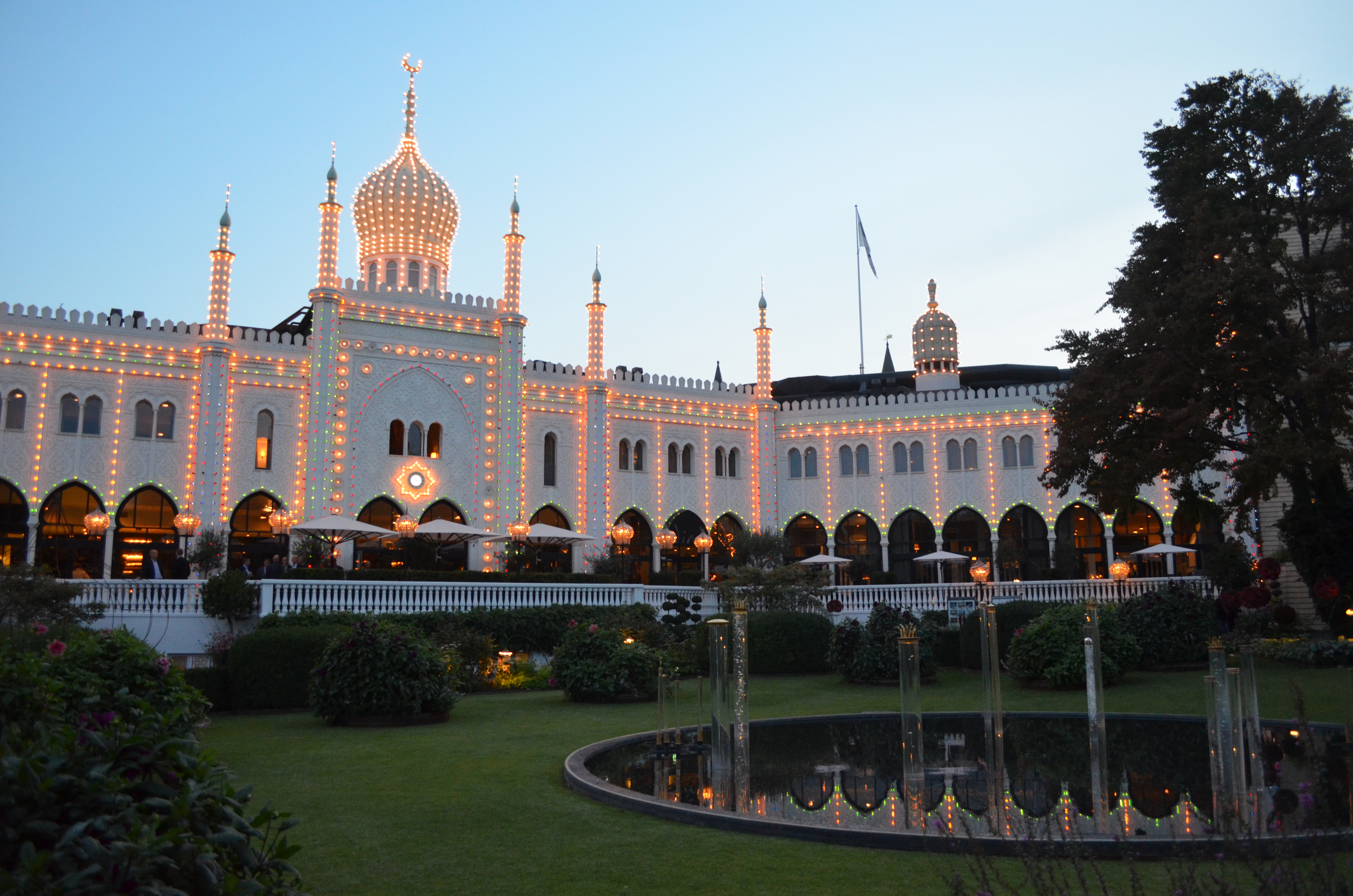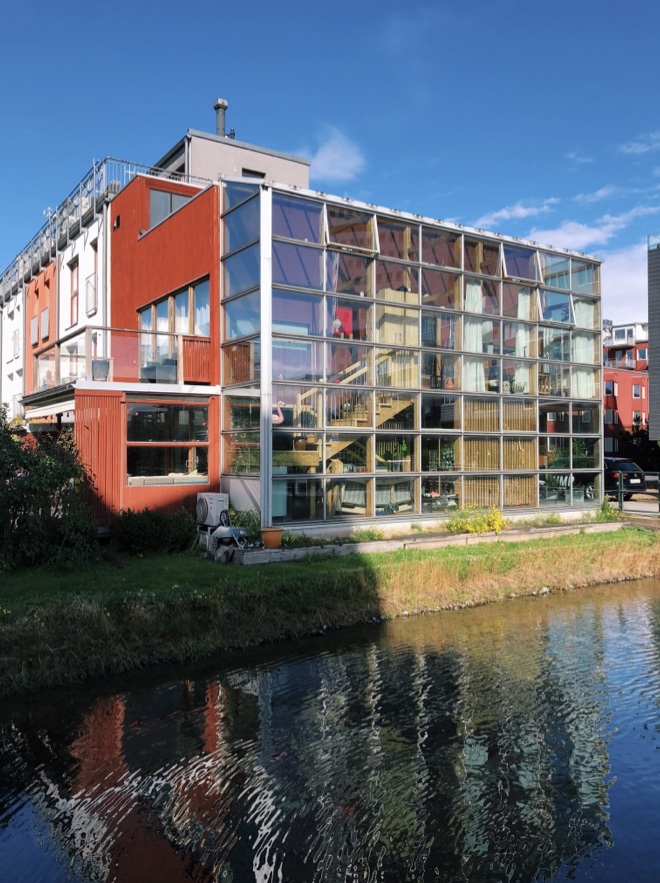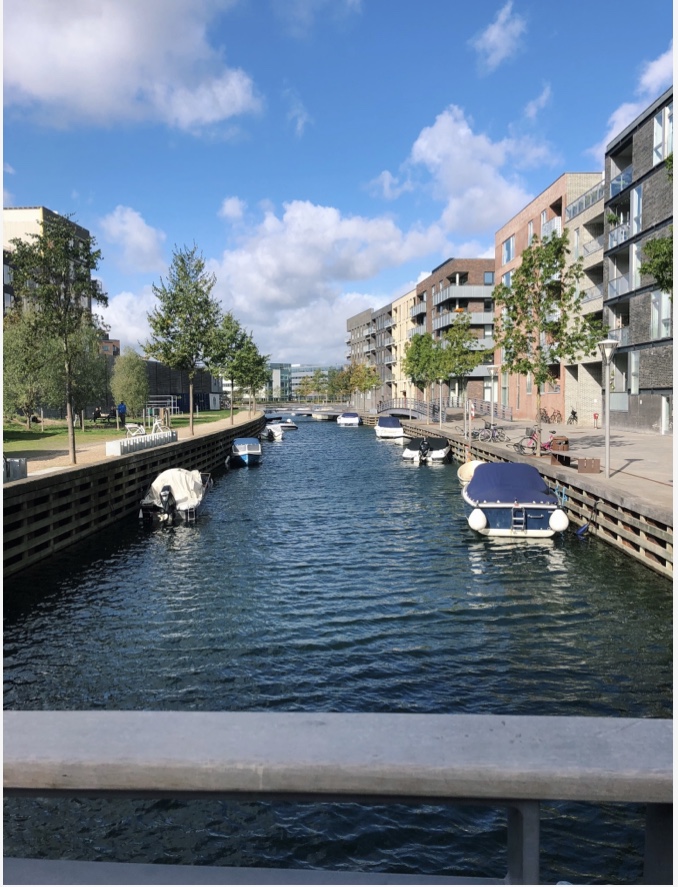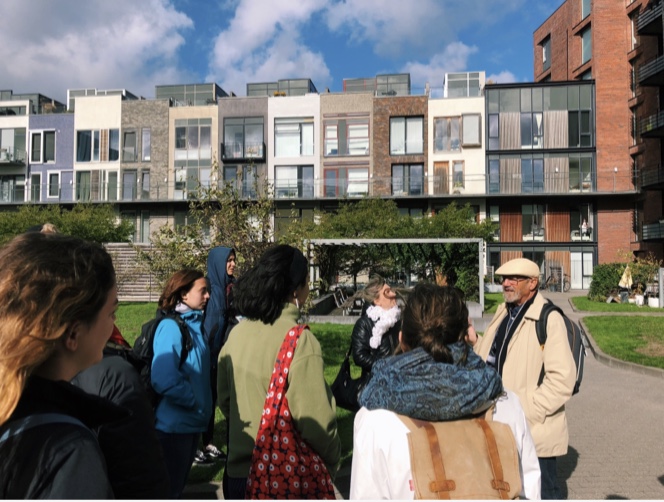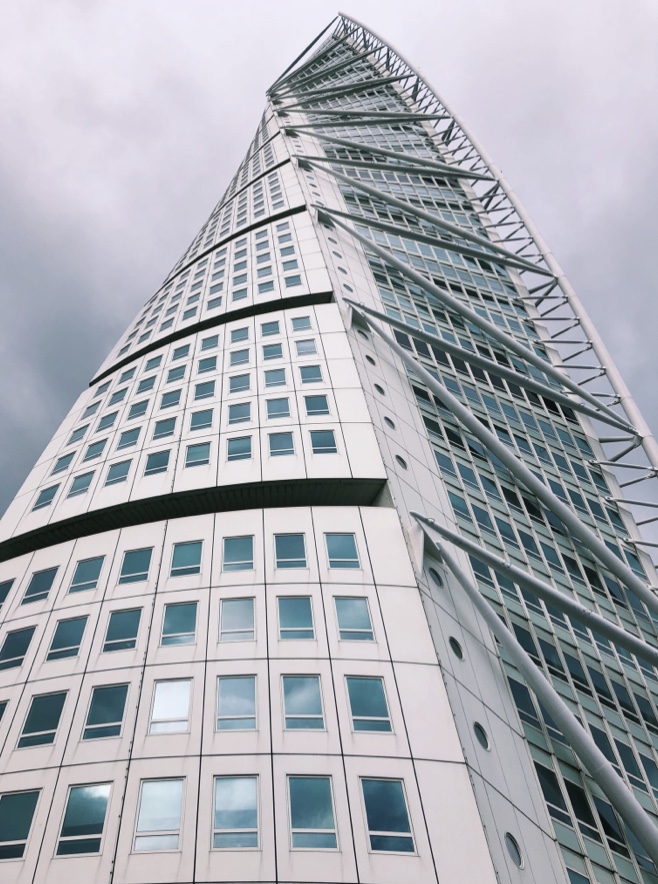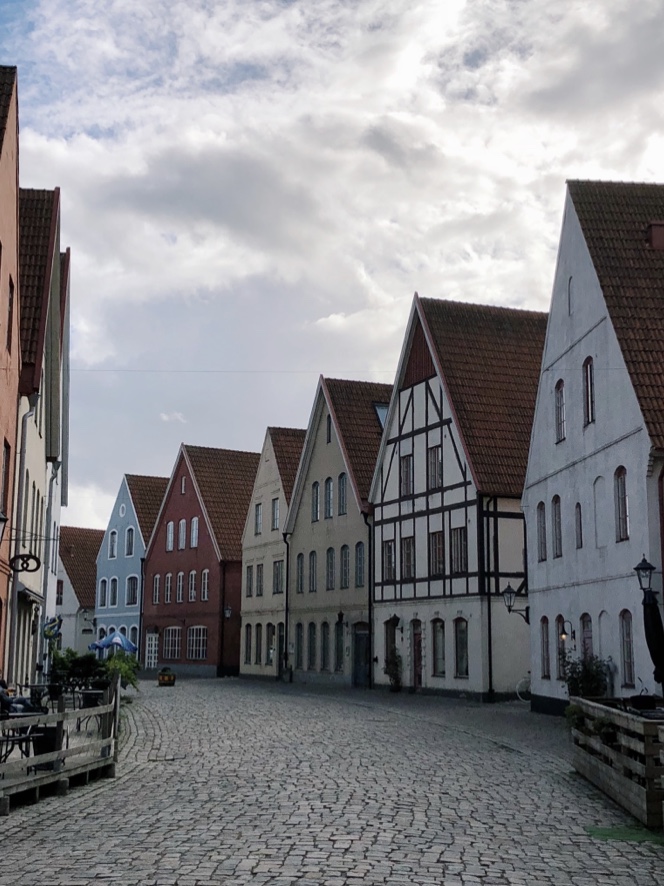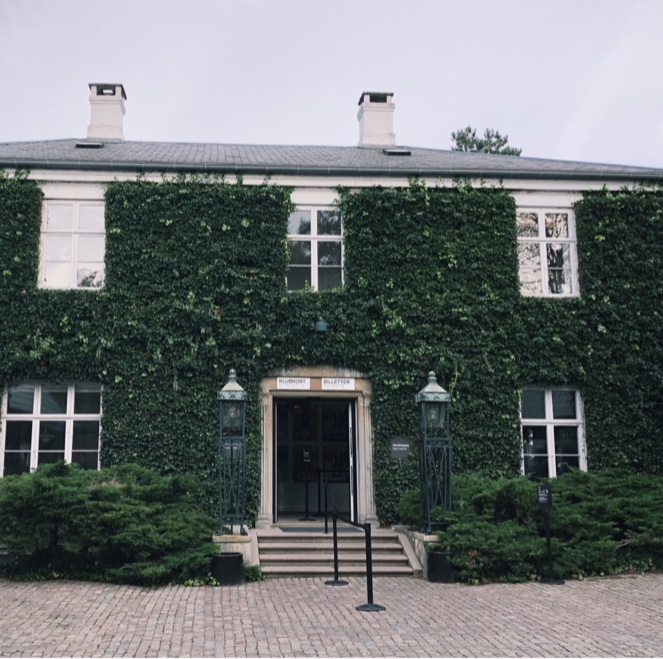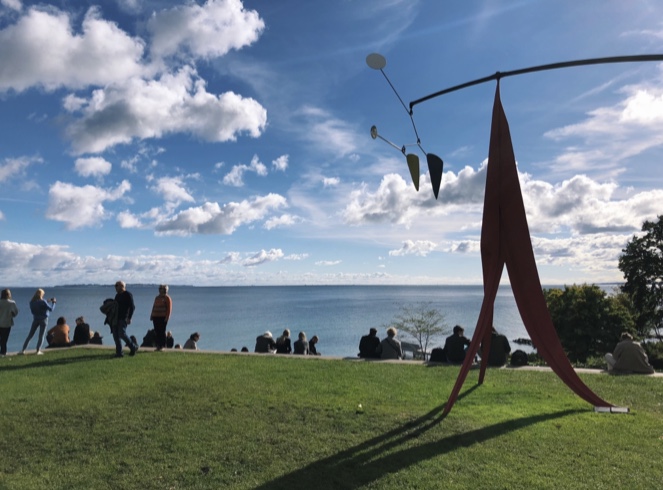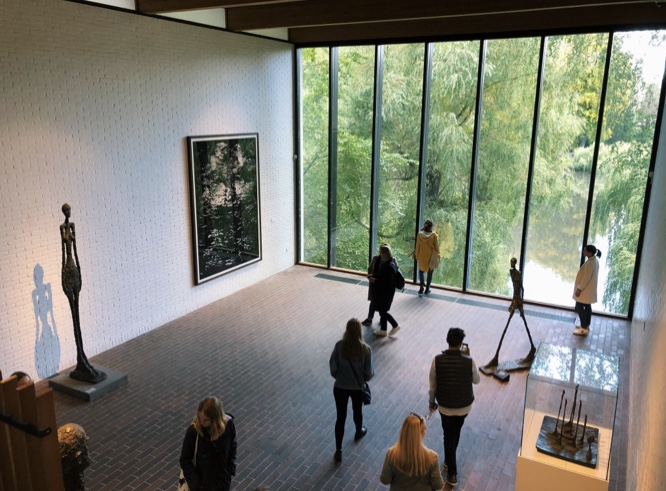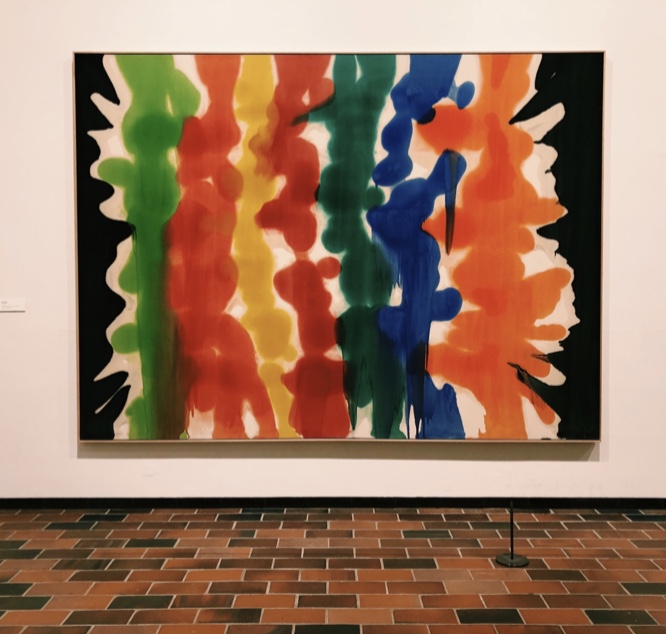England | Roommate Interview
By Michelle Lin
Amapola Garcia-Gomez is a fourth year transfer student at UCSD, majoring in sociology, and is one of my flatmates here in London. Her are some of her thoughts on her study abroad experience in the UC Center London Program.

Q: Why did you choose your program?
A: I wasn’t accepted to my first program which was Ireland, so I committed to this program because I really wanted to go to London for a semester. The reason that I chose London is very cliche, but I always wanted to go to London. I see London as a stepping stone in my life, because if I can make it to London, I can make it to anywhere in the world.
Q: What challenges did you consider?
A: One of the challenges I faced was being a first-generation university student, which created more insecurity in my decision to go abroad, because no one in my family has ever gone abroad or been to Europe. I felt liberated, and I felt like I broke the chain- my family has never had the money to travel outside of the Americas. Going abroad was a way for me to break that mindset in not letting fear hold you back.
Q: What has some of your favorite memories of studying abroad been so far?
A: Building friendships with people would be my best memories, especially with our flatmates, because during our first weeks here, we went everywhere together. We didn’t know where we were going, but we were going together.
Q: What do you like about London?
A: I like European history, so I like all of the history this city has. I love the more countryside parts of London, since it reminds me of Jane Austen. I love the transportation here, especially the Underground Tube station- there’s endless possibilities of getting around.

Q: How would you compare your classes here as opposed at UCSD?
A: Taking classes here are more independent study versus on campus, where you’re constantly being told to do this. You have more freedom here than staying on an actual campus.
Q: What are some of the cultural differences between London and Los Angeles?
A: The people’s attitudes towards life is different- they’re always in a rush. There’s always a need for coffee and tea. Their portion sizes are smaller, their food has a lot less sugar. They really like beans, and freshly cooked meals. They have a lot more sit down restaurants than opposed to fast food restaurants, but even fast food restaurants seem healthier and fresher.
Q: What restaurants would you recommend in London?
A: For Indian food, I’d definitely recommend Punjab, because although it’s a bit pricey, it’s far better than Dishoom, which is another really well-known Indian restaurant. I like Wasabi for sushi, which is a chain in the UK. If you really want good quality chicken that melts off the bone, I would recommend the Chicken Shop. Another chicken restaurant is Nando’s, which is a bit cheaper and has more variety.
Q: What areas and sights would you recommend in London?
A: I would definitely recommend Hampton Court Palace, the Soho area, Chinatown, and the touristy sites including the London Eye and the London Bridge. For museums, I like the National Gallery, the National History Museum, the British Museum, and the Soane Museum.
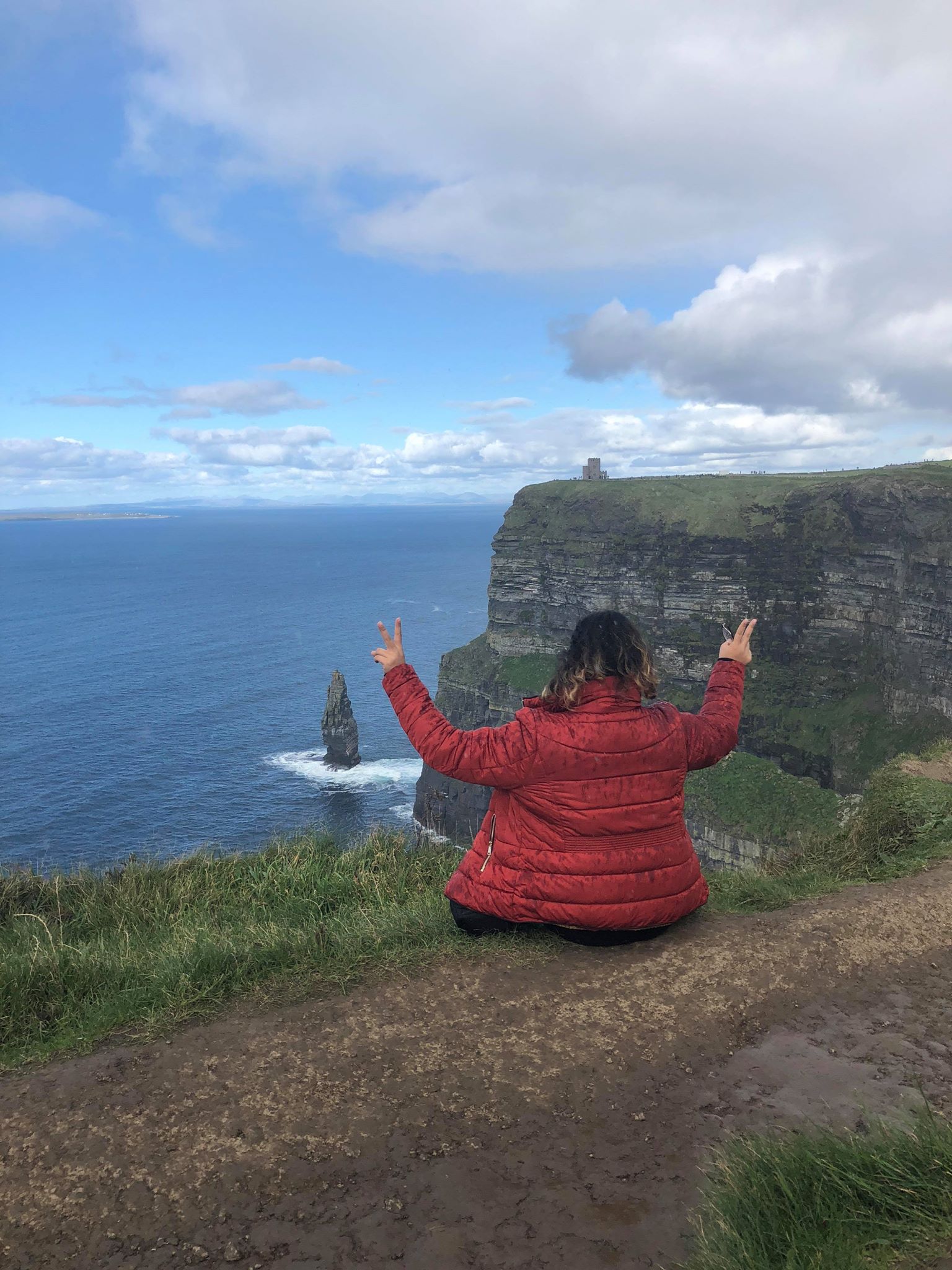
Q: What do you miss from America?
A: I miss Mexican food and spices a lot, although I had some good Mexican food in Dublin. I also miss soda, since the soda here doesn’t taste exactly like the ones in America. I miss my siblings, and shows that I can’t watch in the UK.
Q: What has been the challenge of studying abroad?
A: Money and financial stability, and communication with financial aid. I think this is a very important aspect to consider when thinking about studying abroad, especially considering how expensive London is. I’d say to make sure you have more than you need before you leave, and to figure out how much you need.
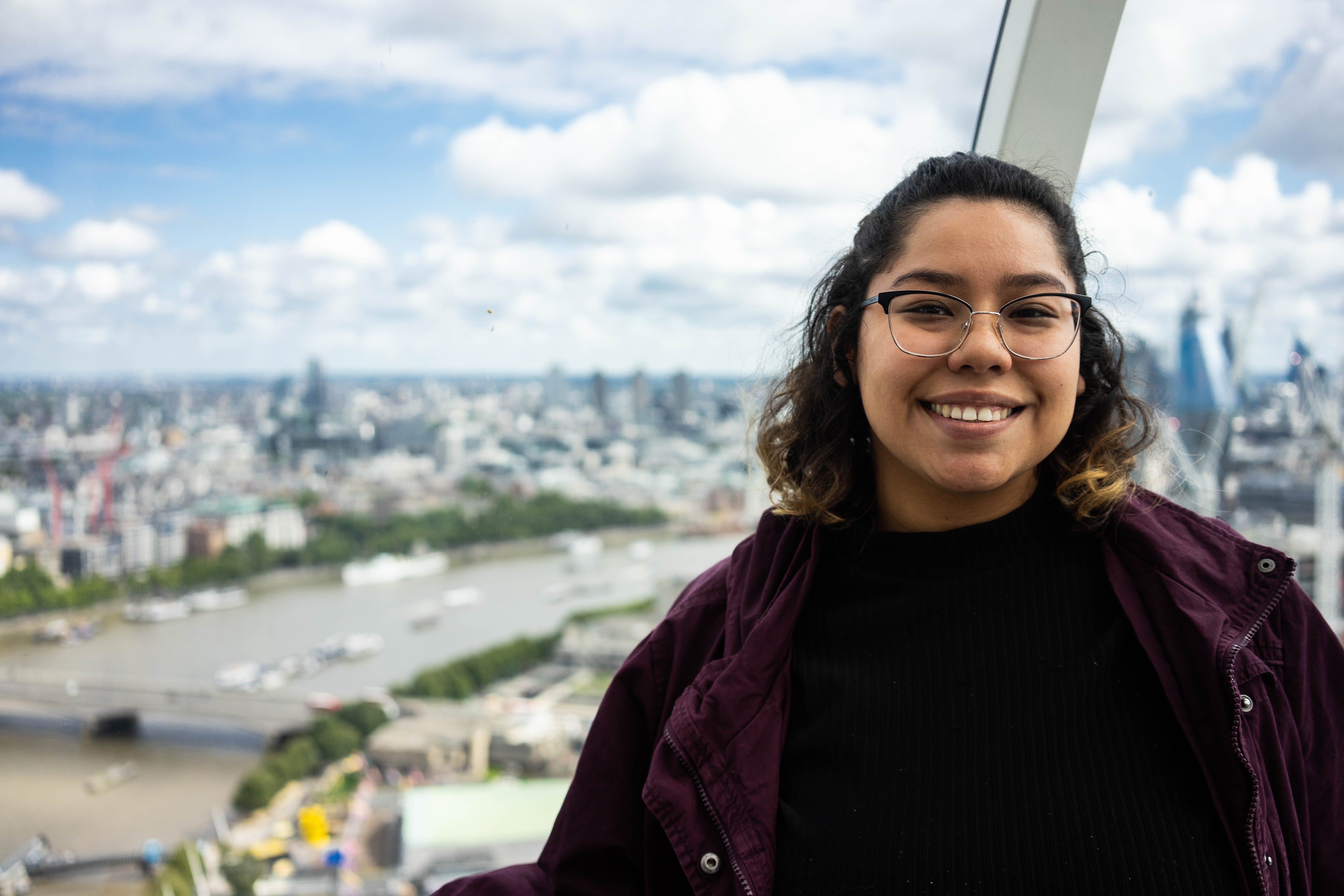
Q: What moment has really stood out during your study abroad experience?
A: Sitting in Russell Square on the grass with my back against the tree. I sat down in a break between my classes, and I listened to a song that I always listened to when I was dreaming about being somewhere else before I knew I was going to study abroad, and realizing where I was now while I listened to it, and how I was able to accomplish my dream.
Michelle Lin studied in London, England in 2018: http://eap.ucop.edu/OurPrograms/united_kingdom_england/Pages/default.aspx


